Sinister Shorelines: Dangerous Beaches Swimmers And Suntanners Should Avoid
What immediately comes to mind whenever someone mentions “beaches”? Most people picture a sandy paradise where they can relax under the sun, feel a soft sea breeze, and listen to gentle waves lapping in the background. Sounds fantastic, right? Well, we hate to break it to you, but not all beaches are so serene. And we’re not just talking about annoying rock-covered shores. All across the world, there are dangerous beaches that are perilous, if not downright deadly.
These are some of the most dangerous places in the world, regardless of the danger lurking in the sea or just on that lovely white beach. With frequent shark attacks, eel-infested waters, and lethal currents, these locations—from Hawaii to Australia, India to Namibia—are anything but relaxing. Sunbathe at your own risk!
Disclaimer: Though sharks are not inherently dangerous, you should swim with caution.
Playa Zipolite — Mexico
There is a wild splendor on Mexico’s western coast that is hard to find elsewhere in the nation. The southern coastal town of Zipolite, where tourists swarm to experience the steep mountains and jagged coastline, is the best example of this.
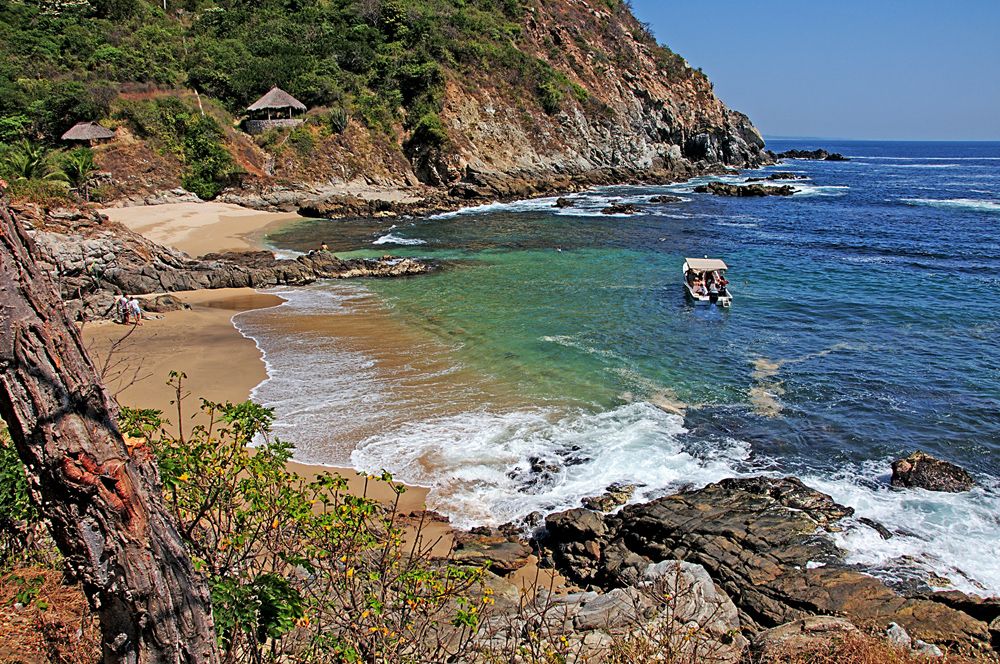
Be warned: this is not a place you want to go swimming. Zipolite is known as “Playa de Los Muertos,” or “Beach of the Dead,” due to its strong rip currents. Avoid the skinny dip; instead, focus on getting a full-body tan.
Gansbaai — South Africa
When crystal-clear waters meet sweet sands, is there anything not to love? As it turns out… lots. Shark Alley is located in Gansbaai Beach, which also serves as a water park. Humans love it there, but what is it that attracts all the sharks?
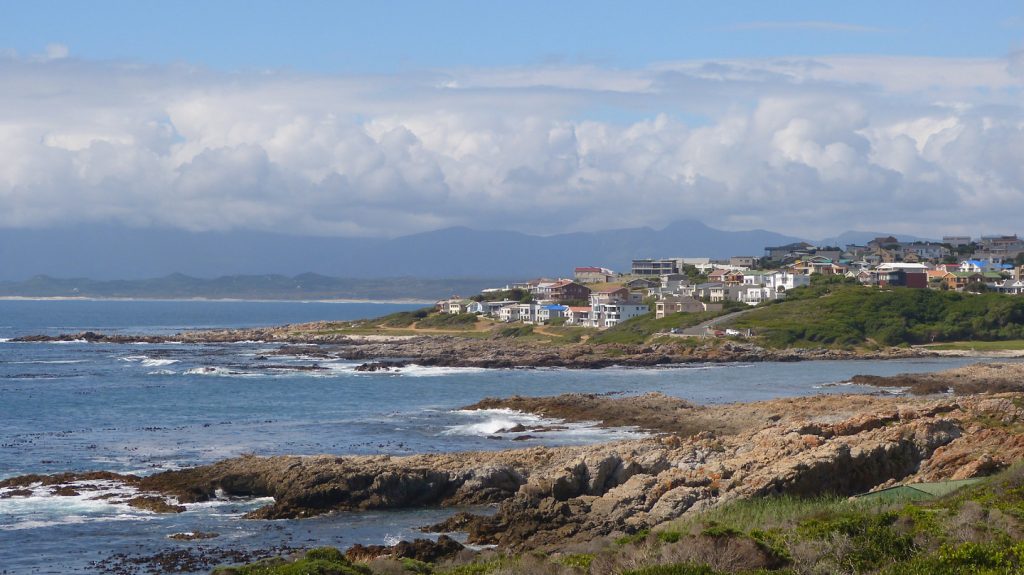
Well, from April to September, 60,000 sea lions gather to eat. If you’re looking for an adrenaline rush, you can take part in a shark-cage dive excursion, which allows divers to interact closely with these marine animals while remaining safe inside an iron cage.
Bikini Atoll — U.S. Marshall Islands
This tropical paradise in Micronesia’s South Pacific has a sordid background. From 1946 until 1958, the U.S. army utilized it for nuclear testing. The lack of sharks, swells, and crime are probably what made it an ideal location. The beaches over there are currently theoretically open to visitors.
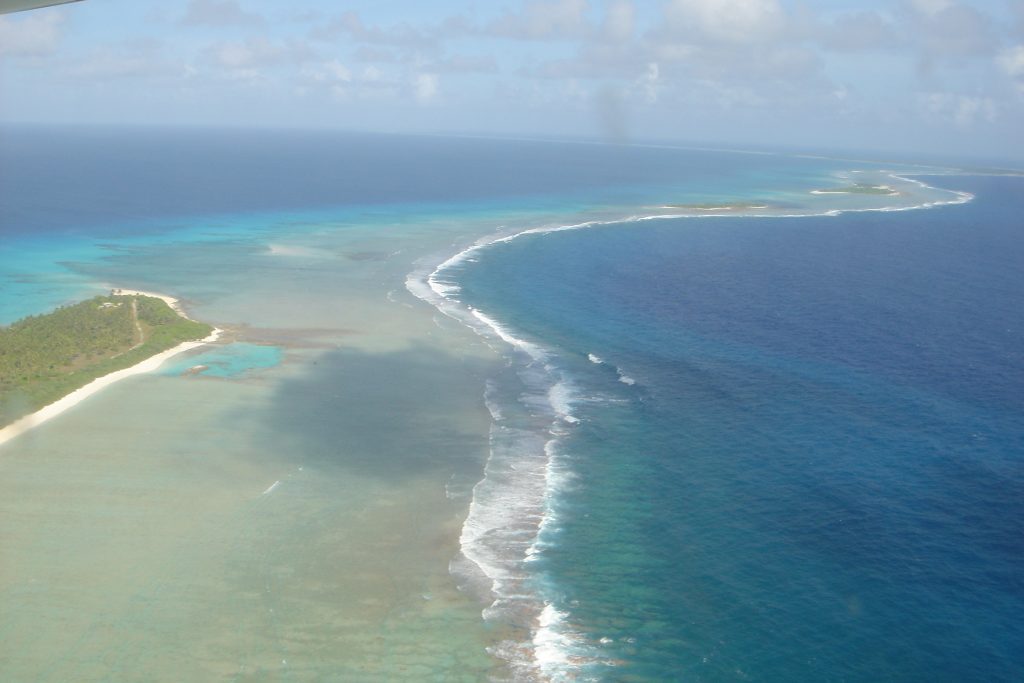
But, native crops are deemed dangerous to consume due to radioactive particles. Thankfully, Micronesia is home to more than 600 islands, so if visiting there is on your wishlist, you may choose one that feels more like a Tahitian wonderland as opposed to Chernobyl.
Boa Viagem Beach — Brazil
With a little more than 4,500 kilometers of shoreline, Brazil is home to a number of the most welcoming and well-known beaches in the world. But, there seems to be one beach in Recife, an old surfing hotspot, that is best ignored.
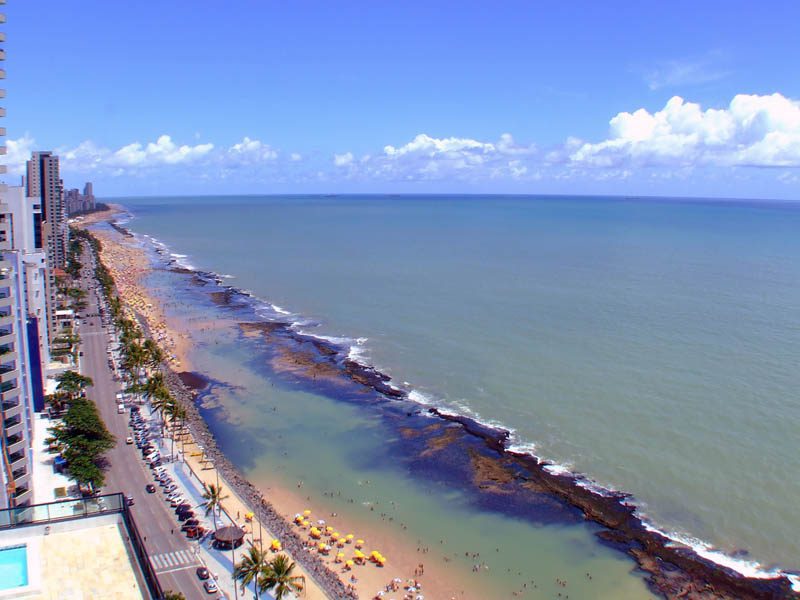
With 56 shark attacks in the last 20 years and a death rate of roughly 37%, Boa Viagem Beach is home to one of the highest rates of shark attacks worldwide. Sharks migrate through the trench, just off the coast, and they lurk in the nearby shallow waters.
Uttakleiv Beach — Norway
The Lofoten Islands in Norway are, to put it mildly, beautiful. These are a few of the best locations for viewing the Northern Lights. Although the coasts and beaches may seem appealing, it is advisable to stay on the frigid, dry land.
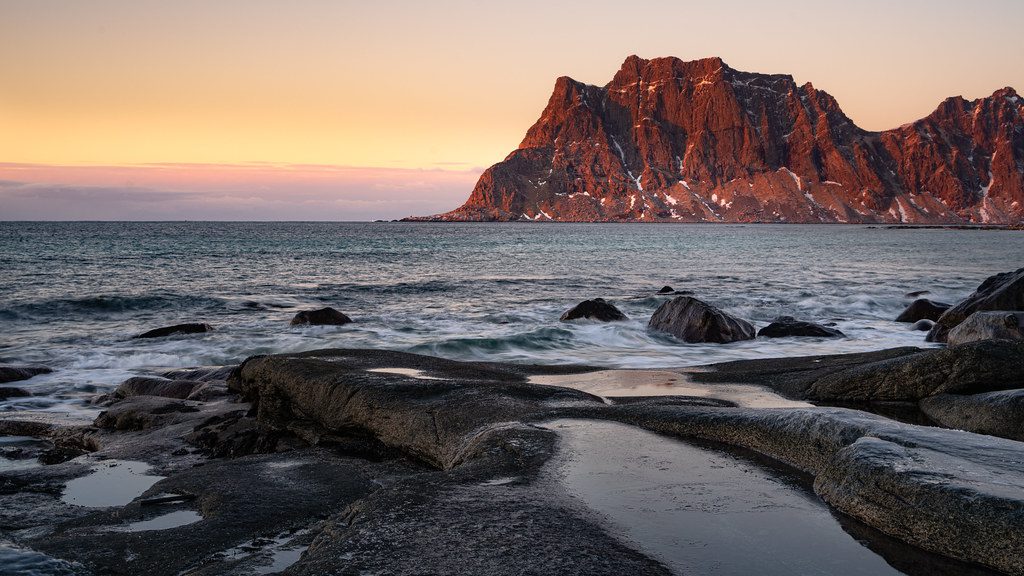
The waters around the islands, which are located above the Arctic Circle, range in temperature from 46 to 57 degrees Fahrenheit in the summer. For context, waters under 60 degrees Fahrenheit are considered “very unsafe and life-threatening,” as stated by the National Center for Cold Water Safety.
Hanakapiai Beach — Hawaii
Hanakapiai Beach is known for its beautiful dunes, dramatic black hills, and limitless clear waters. Indeed, it’s tempting to give in to its allure. However, strong rip tides can be found in the beach’s enticing waters, and they have claimed the lives of numerous unwary visitors.
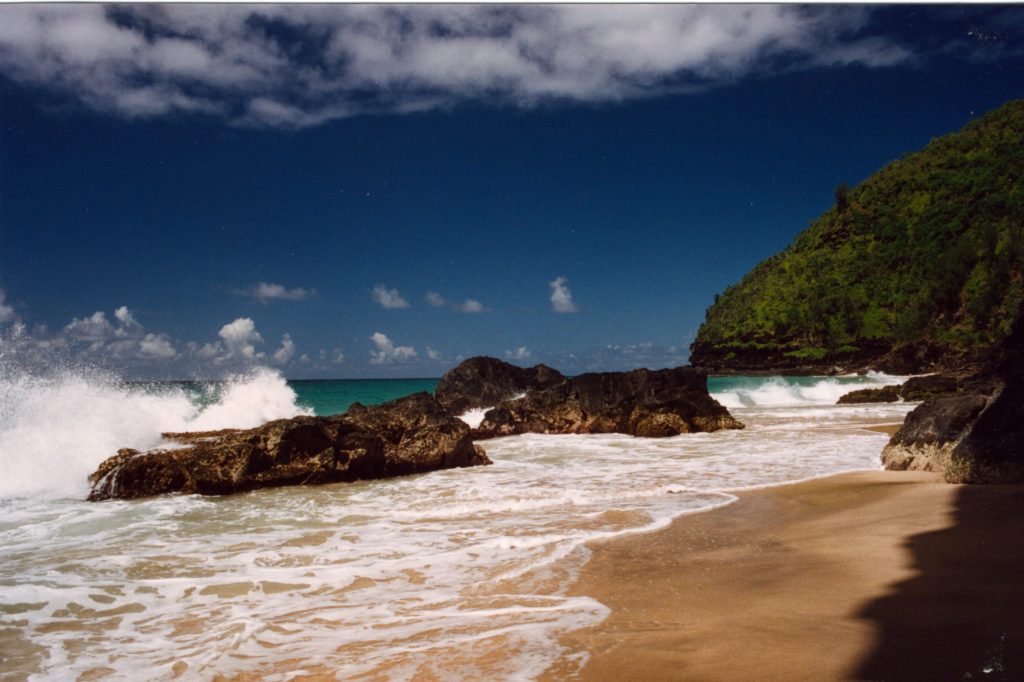
There’s a reason behind these deadly rip tides. There’s an absence of a coral reef to defend the area. There isn’t a public access road to this dangerous beach, and thrill-seekers must negotiate huge stones and slopes over rivers and waterfalls.
Fraser Island — Australia
Whether you’re on shore or in the sea, Fraser Island’s beaches are dangerous. Among the world’s most dangerous jellyfish species, the Irukandji has recently overrun the island. Though small, their stings can cause numerous health problems, including hypertension and pulmonary edema…
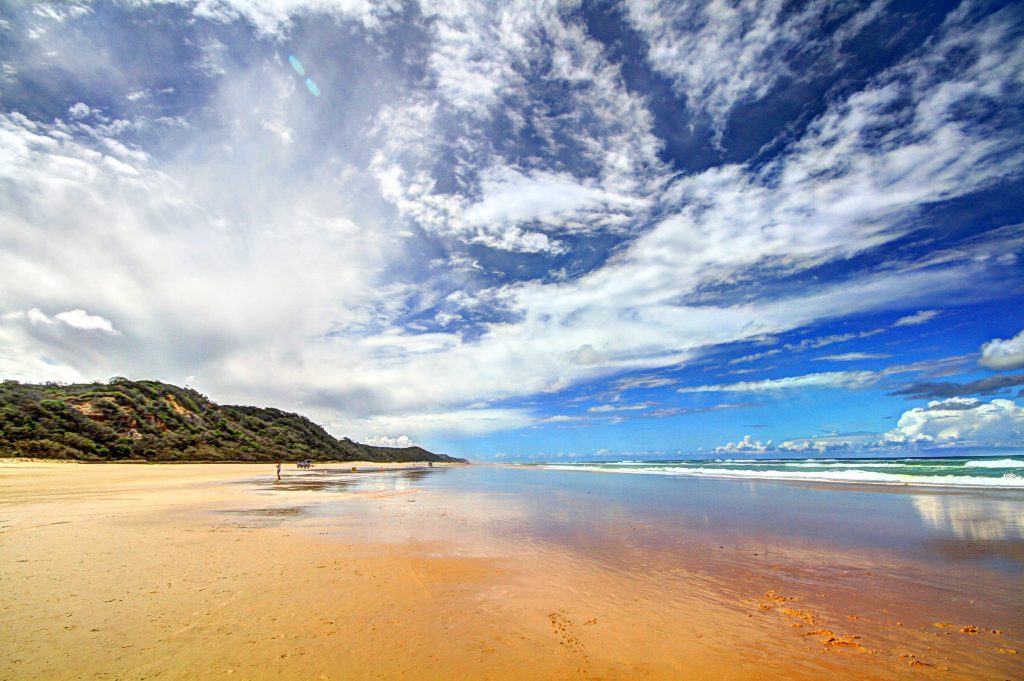
And, in the most extreme situations, cardiac arrest. Furthermore, the island plays host to 25–30 packs of dingoes. Dingoes are wicked smart and should be avoided at all costs. Admire them from a distance! Now you see why we said the sand and sea are dangerous?
Skeleton Coast — Namibia
This coastline’s ominous name fits it perfectly. In addition to frequently causing wrecks, the deadly Benguela Current is also home to 11 different kinds of sharks in the nearby waters. Plus, there are carnivores like lions and hyenas prowling the shore.
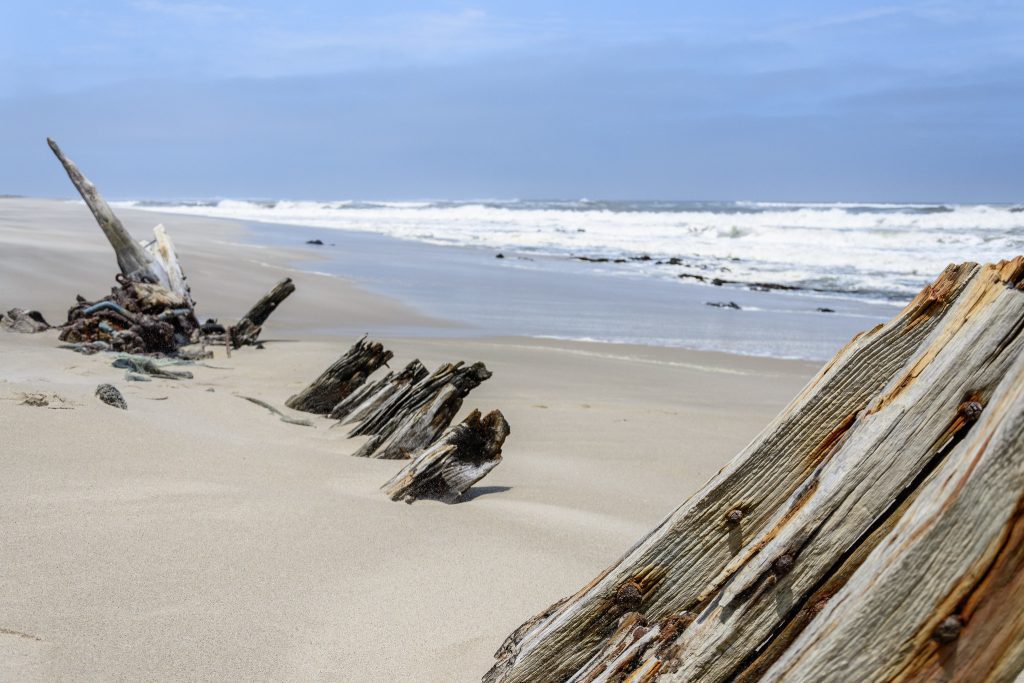
The Namib Desert is one of the driest areas on Earth. This Martian-like terrain of soaring sand dunes, rough peaks, and rubble plains spans over 81,000 sq km across three nations and means “a location where nothing exists” in the indigenous Nama language.
Cape Tribulation — Australia
Throughout this beach, which lives up to its moniker, just like Skeleton Coast, there is no lack of suffering. The Queensland coast offers enticing sandy beaches and turquoise waters rimmed with palm trees. But beware, dozens of unintentional traps are lurking nearby.
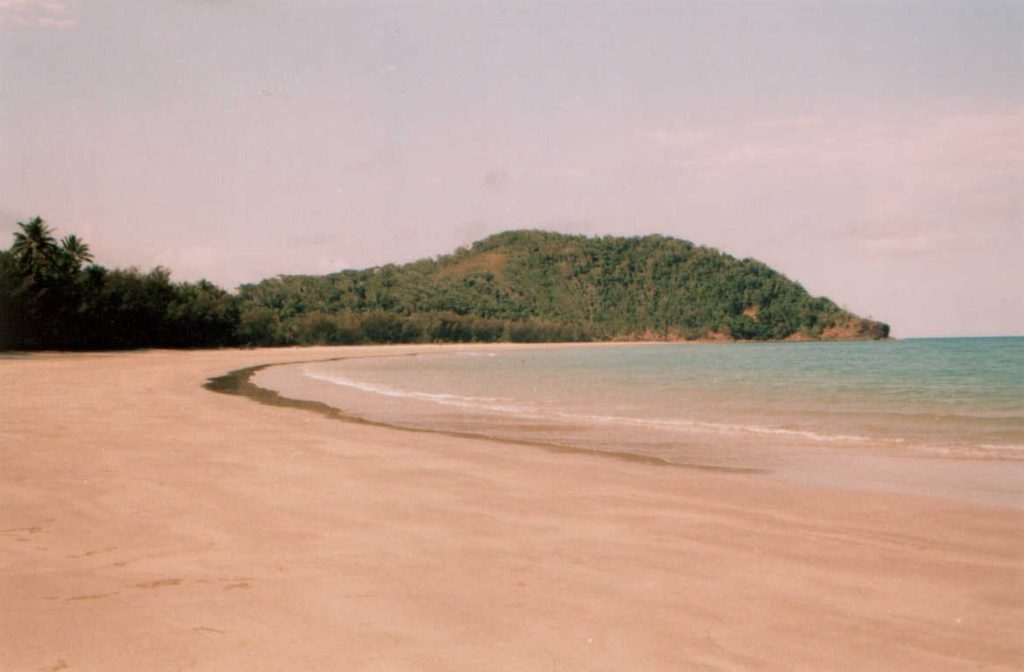
First off, it is highly advised to swim only after donning a stinger suit due to the abundance of stinging jellyfish inside the area’s seas. That alone ought to raise the first red flag for you. And watch out for the notorious stinging trees.
Copacabana — Brazil
Rio de Janeiro is home to the fabled beach known as Copacabana. Although it ranks among the most stunning beaches on the planet, that does not guarantee its safety. Because crimes are so frequent, authorities have essentially given up and simply left visitors with a warning…
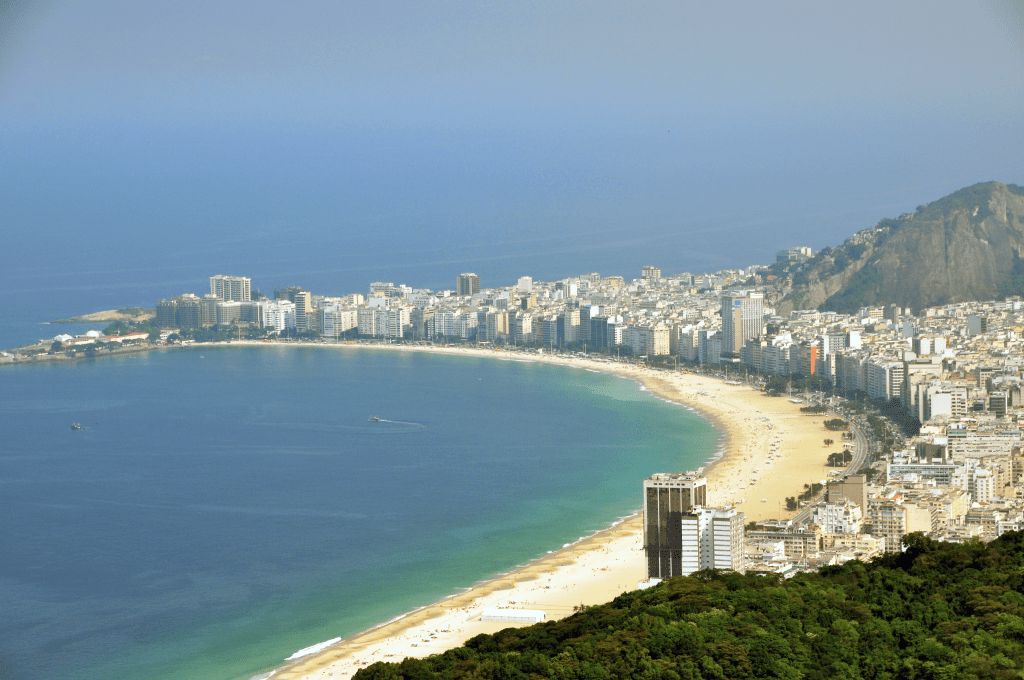
The advice is, “don’t carry valuables along with you.” The best-case scenario is that your goods will be stolen by a mugger or bag thief. On the beach, shooting is also not entirely unheard of. With a complete protective vest on, tanning is somewhat difficult, isn’t it?
Darwin — Australia
The coastline of Darwin in Australia is largely uninhabited. That seems odd, given the fact that Australians cherish their sunshine and waves, right? Well, it’s one of the most hazardous swimming spots on the continent. From October and May, deadly box-jellyfish groups are quite common.
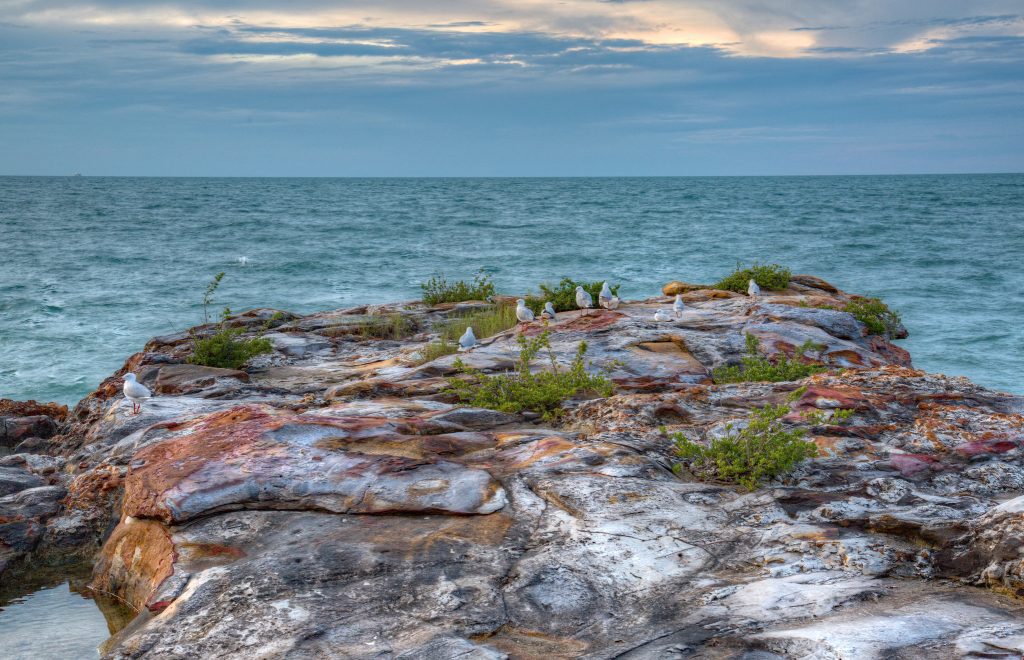
Also, saltwater crocodiles pose a problem year-round. In addition to all of that, sharks are a major issue in this region of the country. Individuals who choose to swim near this northern coastline beach are advised to only do so at supervised beaches.
Schitovaya Bukhta Beach — Russia
Schitovaya Bukhta is home to some of the greatest surfing swells in the entire world. It’s a popular beach destination, but only for people who don’t give much thought to their health. Vladivostok is where the Russian navy retains its defunct nuclear submarines.
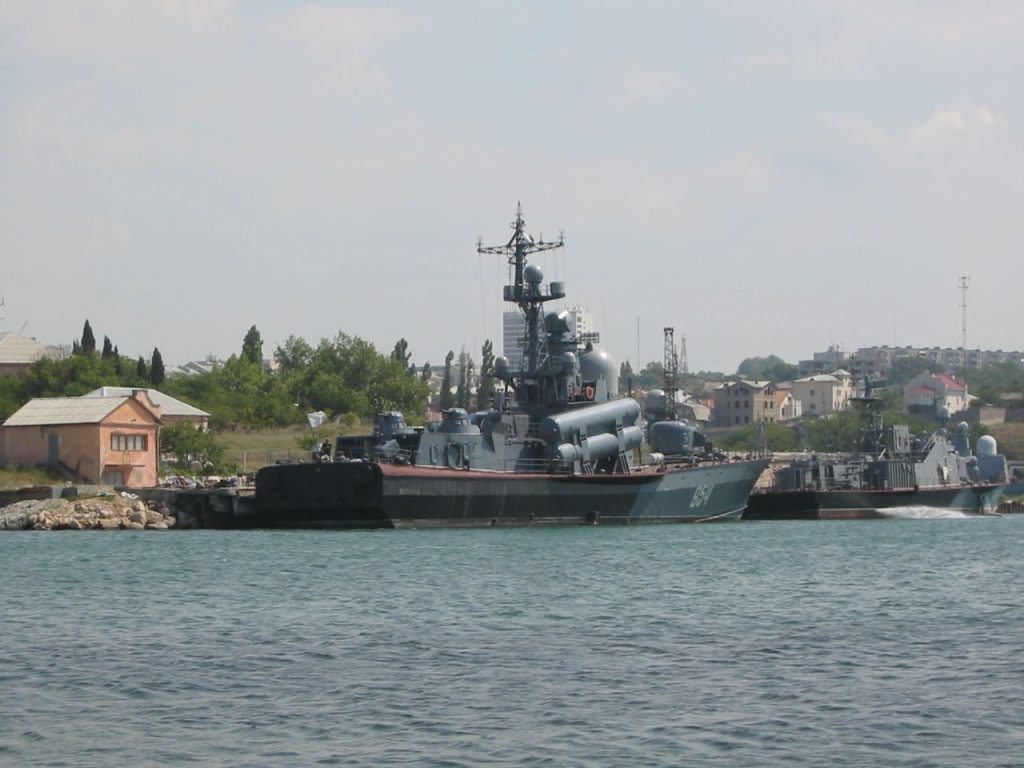
Vladivostok is located on the opposite portion of the peninsula. Also, there are rumors that some storage facilities are seeping radioactive substances into the water via fissures in the Earth. Choose another beach if you do not wish to develop cancer.
North Sentinel Island Beach — India
Even globetrotting beach lovers will likely never visit North Sentinel Island. It is among the largest banned islands in the world. But it’s not because of wildlife or currents. Residents on the islands are apparently unaware of modern technologies and are unaffected by the world today.
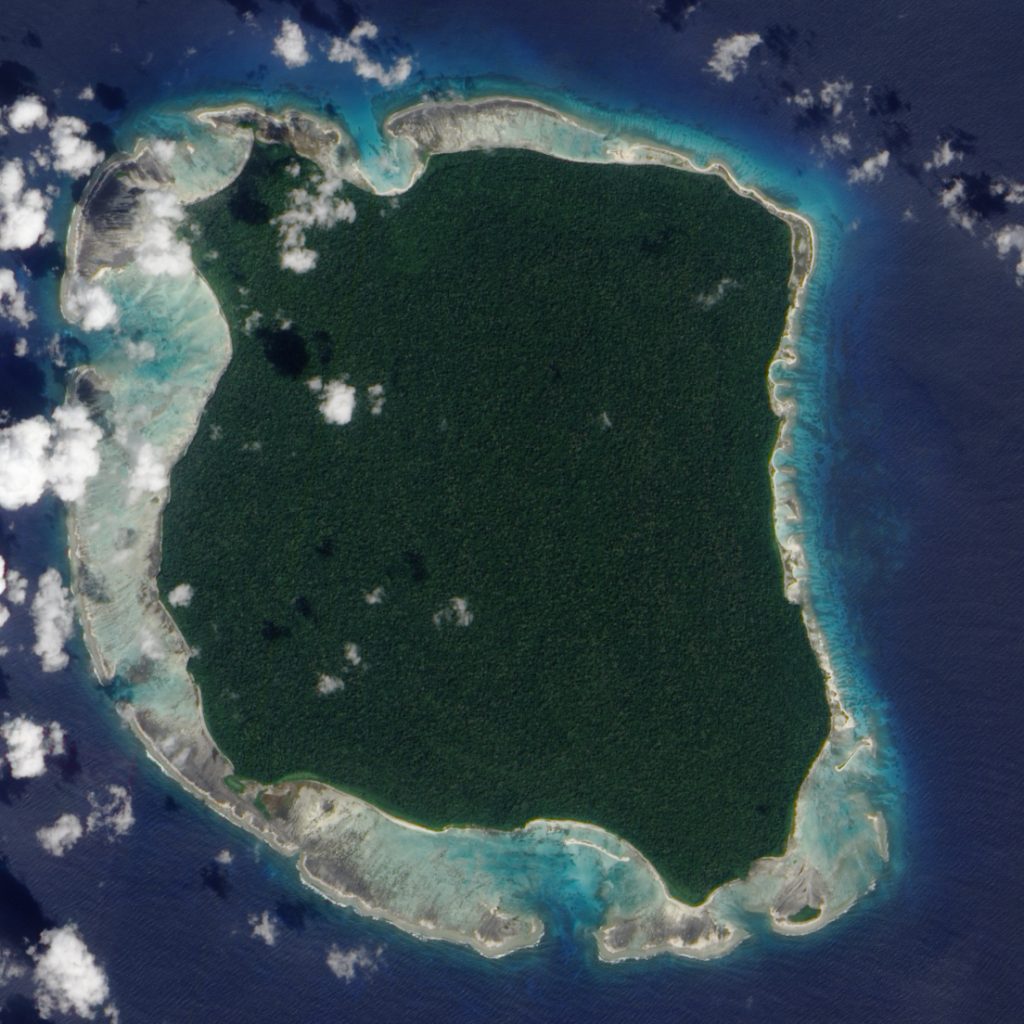
The tribe will turn hostile and start to attack anybody who arrives on the island. They only want one thing: to be left alone. If you don’t listen, you won’t be able to survive, so do your best to pay attention. Entry is therefore restricted for everyone.
Dumas Beach — India
Among the spookiest beaches on earth is Dumas Beach. This place is situated in the Indian state of Gujarat on the Arabian Sea. It was once a place for cremations, but now it’s said to be inhabited by ghosts who still wander its shores.
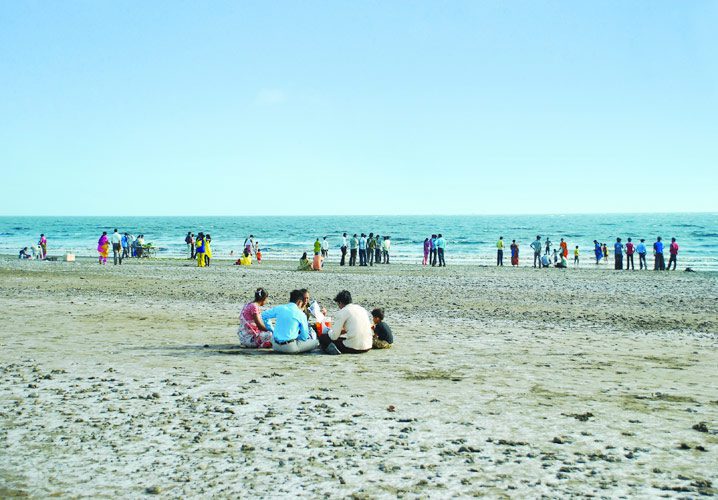
Yet this beach’s mystique isn’t simply fueled by spooky tales; it’s also known for disappearances. To make things even more dangerous, the area is host to a pack of lethal king cobras, earning it a reputation as one of the world’s deadliest beaches.
Amazon River Beaches — Brazil
Given its size, it’s not surprising that there are beaches along the Amazon River. However, you generally ought to avoid them. It isn’t worth it due to the anacondas, electric eels, and piranhas in these waterways. The worst aspect is the ability to actually see these spooky bad guys.
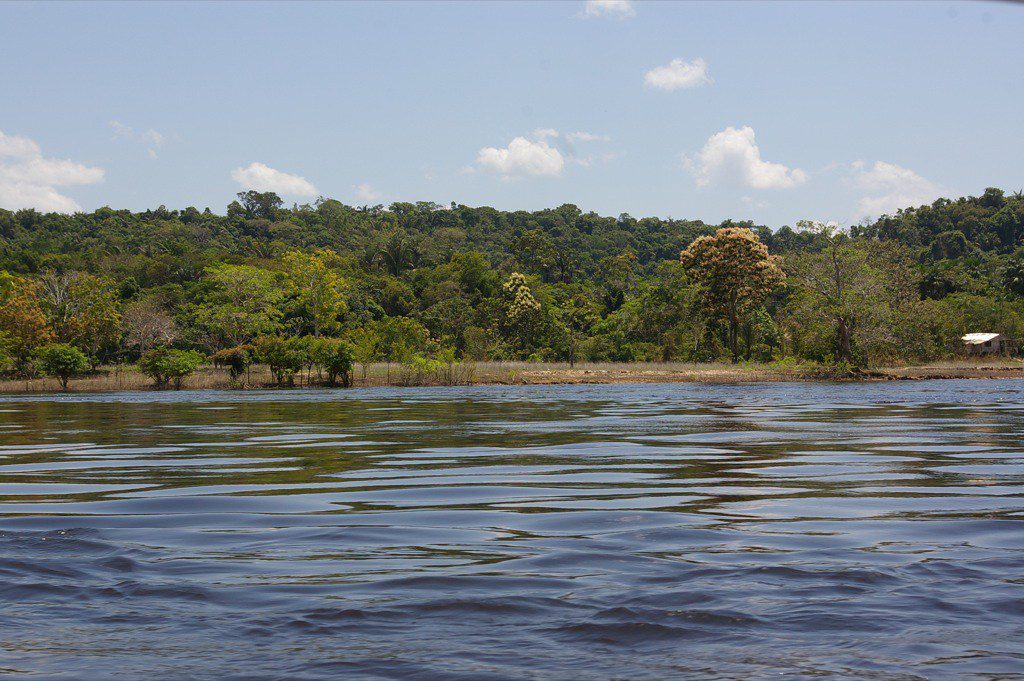
Some are so small you can hardly catch them and are among the most notorious offenders (looking at you, candiru!). Rip currents in the Amazon River might also drag you down. And we forgot to mention the parasites loitering in the waters.
Chowpatty Beach — India
Chowpatty Beach in India lacks crystal-clear waters and breathtaking scenery. In fact, you’ll find the exact opposite there. Some of the world’s worst contaminated water can be found there. Nobody ought to enter these waters, even just for a quick swim.
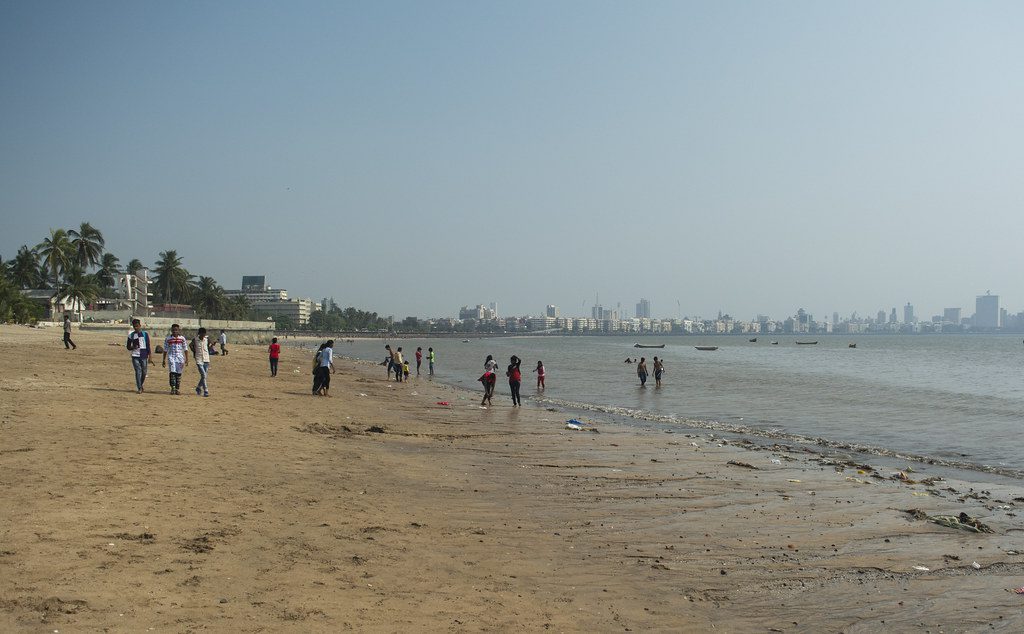
Therefore, we advise looking somewhere else if you want to go swimming. The beach actually resembles a huge garbage dump above all else. There are many seagulls here, and they are notoriously violent. Although Chowpatty is regularly cleaned, it doesn’t stay that way.
Staithes Beach — U.K.
We are convinced that you won’t have any trouble letting go of Staithes Beach. Many of the world’s most hazardous beaches are also among the most beautiful. This beach is notorious for its trash and frequently appears on the EU’s “swimming prohibited” list.
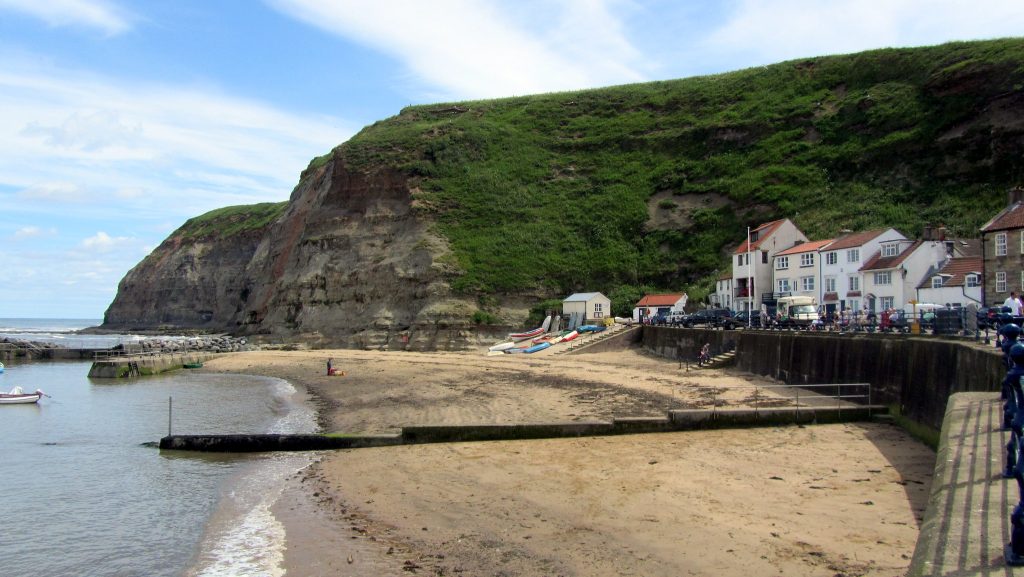
Agricultural sewage leaks into the harbor, causing dangerous amounts of water contamination. Meningitis, typhoid, hepatitis A, as well as diarrhea can all be brought on by bathing in the aforementioned waters. And you thought that the most awful of your beach worries was sand in your shoes!
Kilauea Beaches — Hawaii
We were shocked to learn that a beach close to an active volcano would be unsafe. It’s absurd, isn’t it? Kilauea beaches are certainly attractive due to their lovely and distinctive black sand. However, volcanic gases can be harmful to your health.
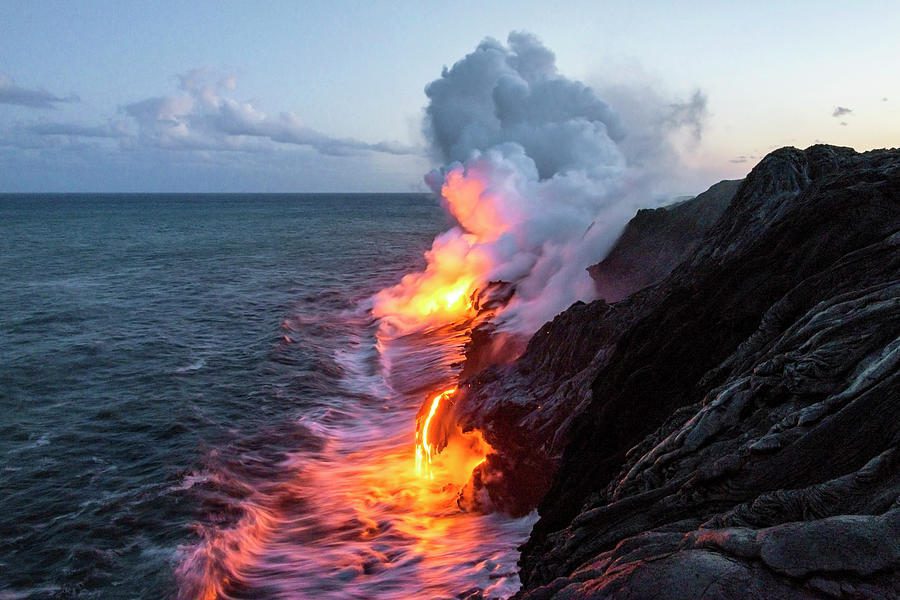
Particularly if you’re young or old. And the fact that Kilauea remains the most active of the five Hawaiian volcanoes doesn’t help much, either. The most recent eruption, albeit it isn’t happening right now, happened in December 2020. Up to May 2021, it was still erupting.
Reunion Island — France
Reunion Island is one of the areas in the world where sharks are most prevalent. The count is 20 attacks and eleven fatalities since 2011. Swimming, paddle boarding, and every other water-related activity are expressly prohibited within a radius of 300 meters surrounding Reunion Island coastlines.
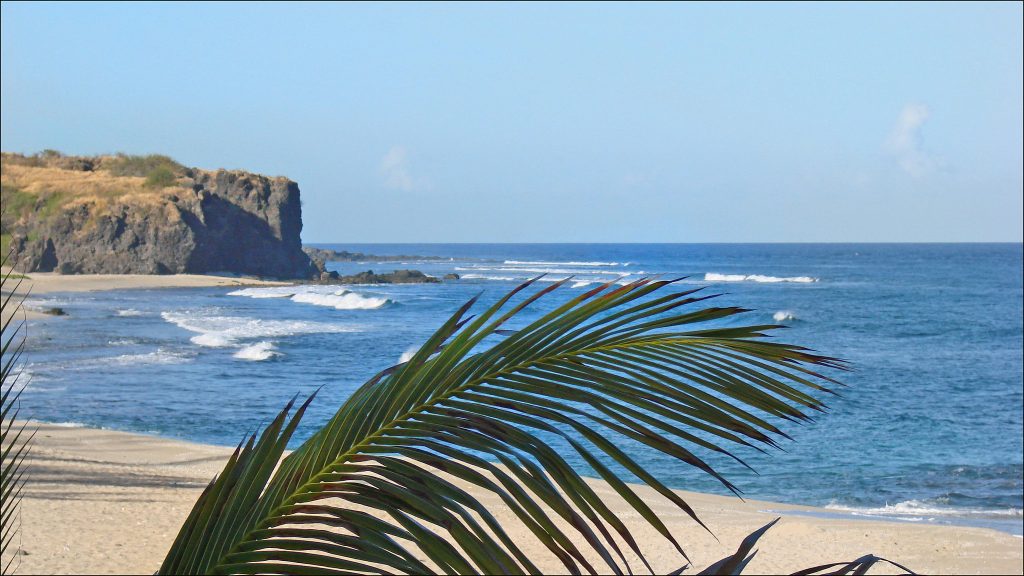
That’s because authorities are sick of rescuing individuals who ignore their warnings. Why are there a lot of sharks? The island is directly in the path of the “shark highway,” which connects South Africa and Australia. It’s a big hit on the island’s tourism.
Praia do Norte — Portugal
The highest and most hazardous waves on Earth are surfed at Praia del Norte at Nazaré, Portugal. Big wave surfers from every corner of the world gather here. Nazaré’s surf season makes getting in the ocean a risky task, and every surfer that ventures there knows that.
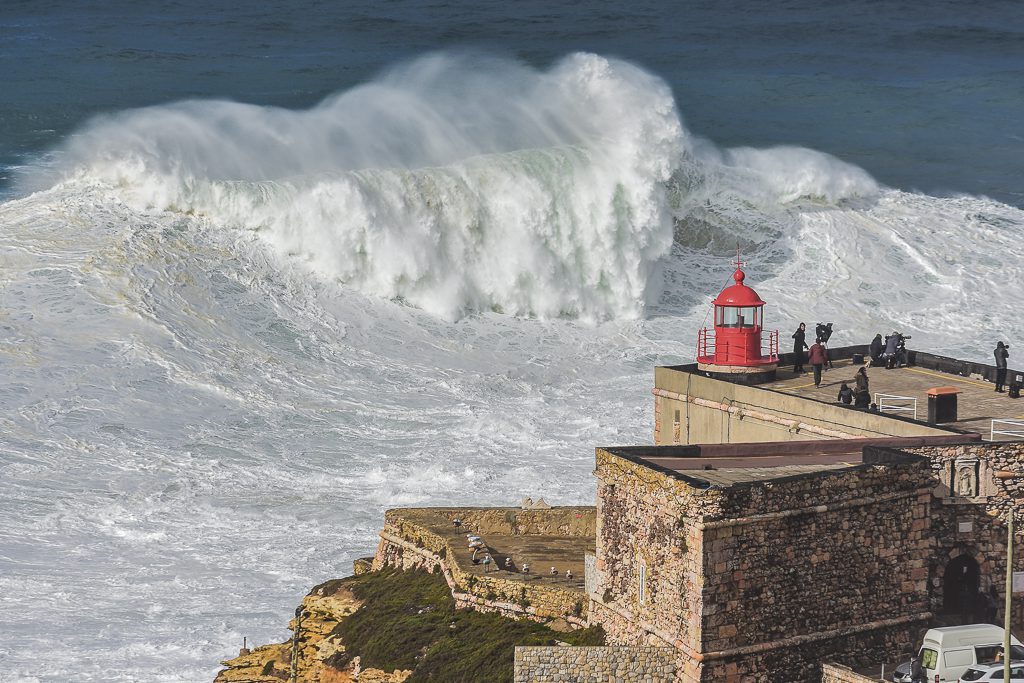
One slip-up or even just some bad luck could lead to a terrible demise. At Praia do Norte, enormous, erratic waves pound the shore, leaving a wide strip of turbulent whitewash down the beach, which makes it hard for emergency responders to reach the area.
Shenzhen Beach — China
One of the most well-liked beaches in China is Shenzhen Beach. However, it’s so congested that it might be hazardous. Several young children drowned when swimming here as a result of this. Aside from incidents like these, there’s plenty of thievery, too.
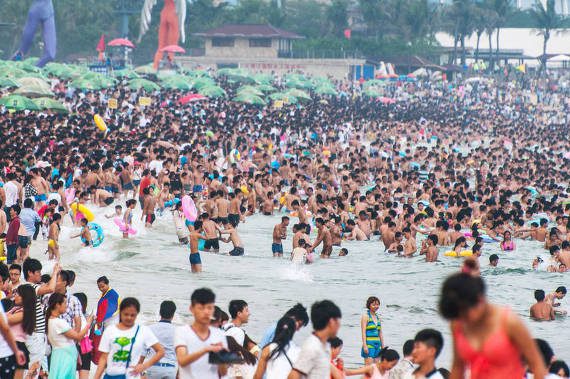
Also, pickpockets tend to congregate there more often than not because of the density. Though violent crime is uncommon, that does not mean that it never happens. According to Herald Weekly, it is the most deadly place in China for children aged 1 to 14 years old.
Virginia Beach — Virginia, USA
A lovely tourist spot close to the capital of the USA is Virginia Beach. Sharks will not pose a significant issue, but other wildlife call it their home, which requires some management. The coastlines are home to foxes and wild hogs.
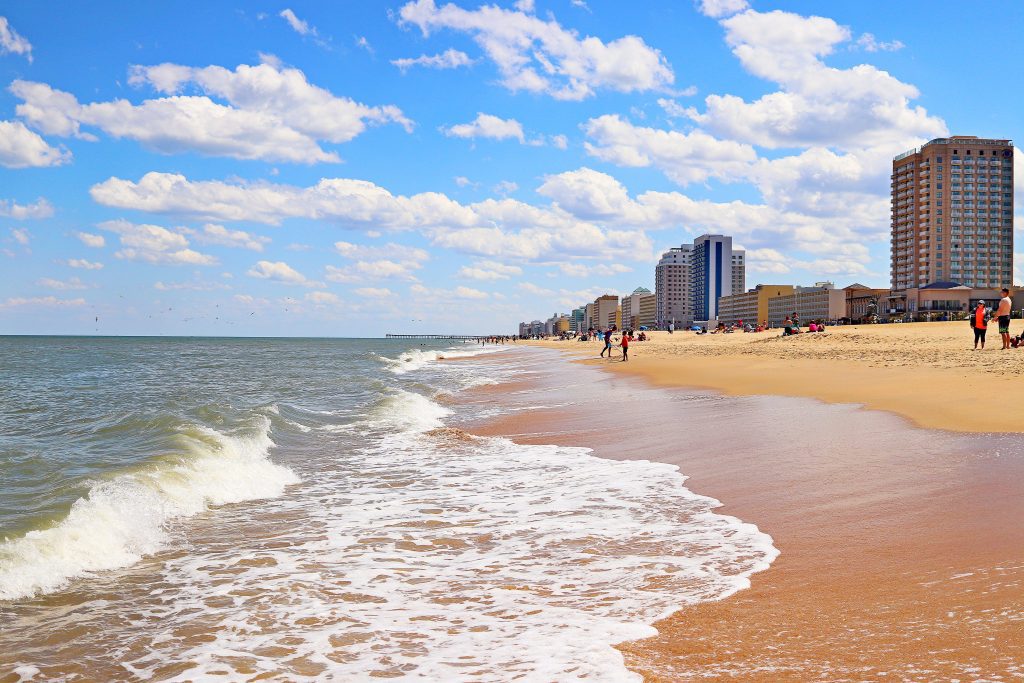
The hogs are nothing like the tiny pigs you see on television. If given the opportunity, these hogs will rip you to pieces. Foxes frequently ambush individuals lounging on the beach, particularly if they are carrying food. What’s most alarming is that they frequently assault beachgoers’ pets.
Costa del Sol — Spain
The Spanish beach Costa del Sol attracts vacationers from all across Europe every year. The bulk of the time, visitors seem to appreciate their visit, yet this has been radically altering over time. Marbella has turned into a haven for crime and gang violence.
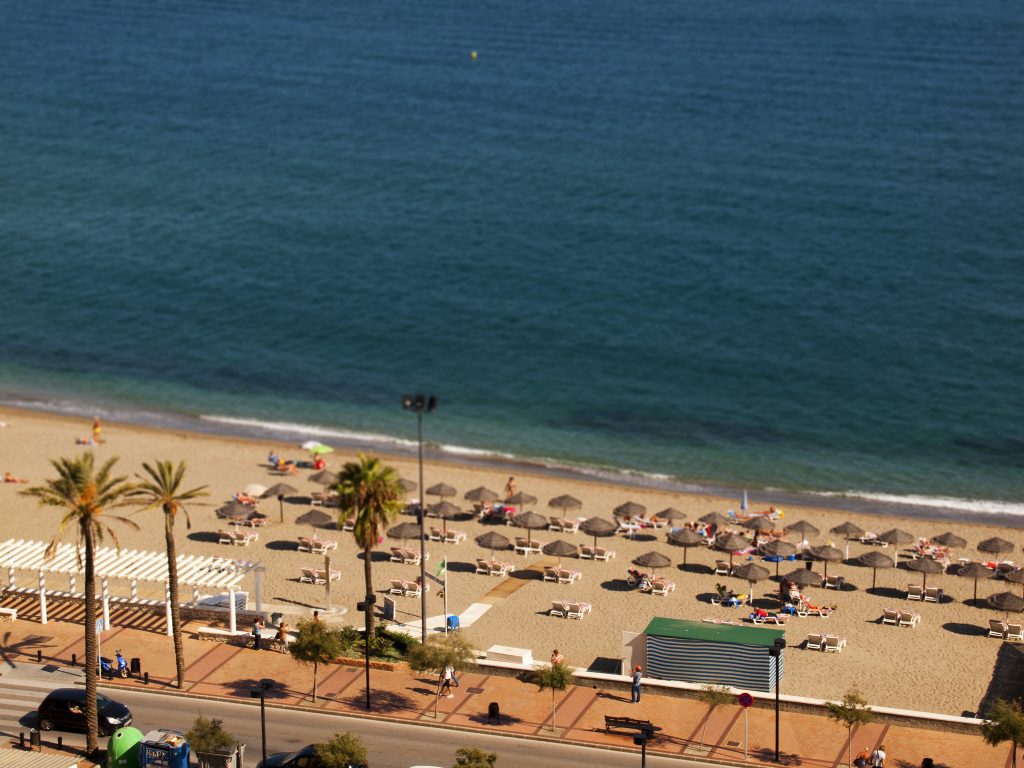
Then, once you arrive at the beach, it appears as though even nature is trying to harm visitors. Winds can reach alarmingly high speeds, and the weather might change suddenly. The ocean also has a powerful undercurrent, which makes it difficult for even expert swimmers to survive.
West End Beach — Bahamas
On West End Beach in the Bahamas, you most probably won’t encounter numerous great white sharks. However, you’re more likely to come across their equally scary relative, the tiger shark. Tiger sharks are among the deadliest sharks on the planet.
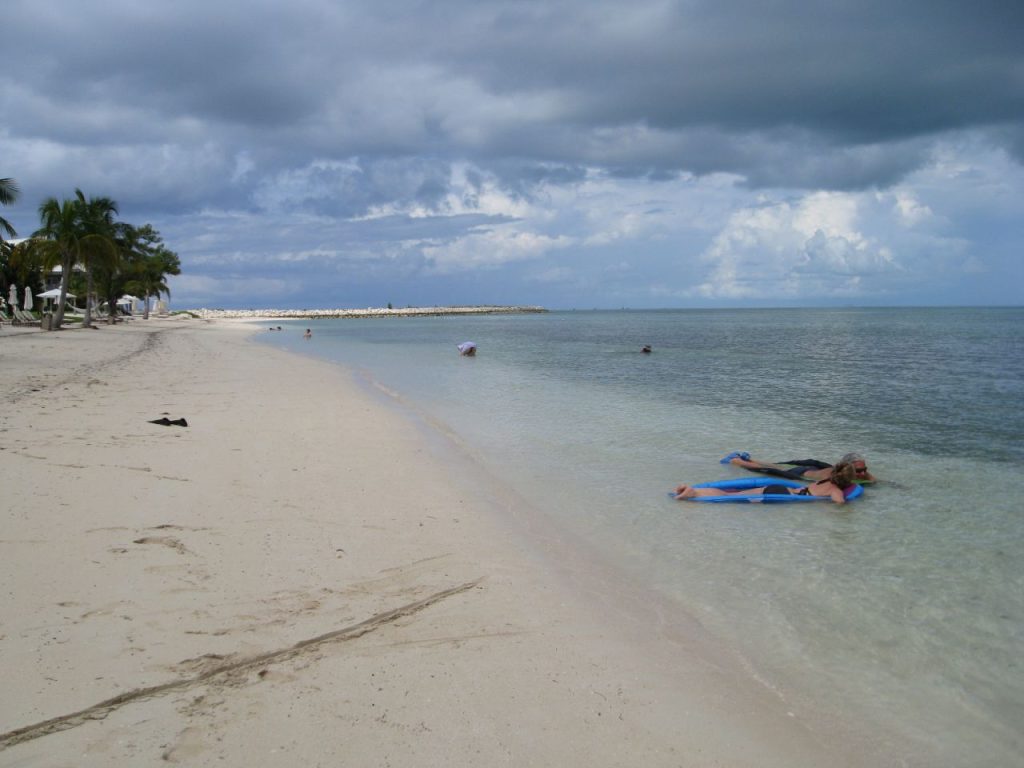
Tiger sharks rank highest on the list of species that’ll attack humans unprovoked. To top it off, they possess teeth made primarily for shredding prey. Even without the sharks, thunderstorms are unpredictable in West End due to their unique climate. Unusual storms have flipped entire vessels!
Tamarama Beach — Australia
Several of Sydney’s most well-known and stunning beaches may be found here. However, one, in particular, should be savored with the utmost care. Tamarama Beach is surrounded by two sandstone headlands, as well as the strong waves guarantee the presence of two riptides.
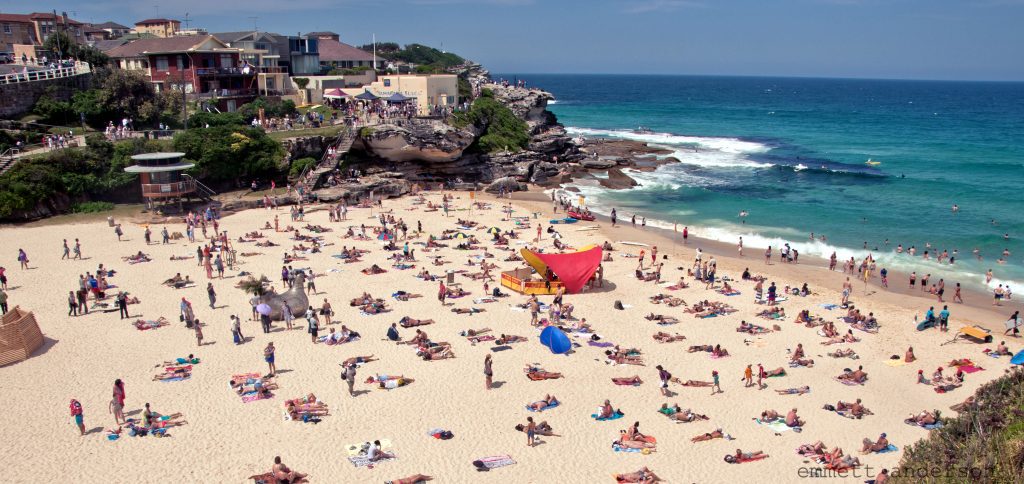
As a consequence, roughly 150 rescues take place annually, with Sydney’s southern shores seeing the most of them. It is reputed to be Australia’s most hazardous guarded beach. These seas are shark-free, with the exception of Fraser or Cable Beach.
Lamu Island Beach — Kenya
A sunny break would be ideal on the white sandy beaches of Lamu Island near Kenya. That could be far from true because two kidnapping attempts by pirates from Somalia occurred in 2011. Subsequently, in 2014, a terrorist incident occurred on Lamu county’s mainland.
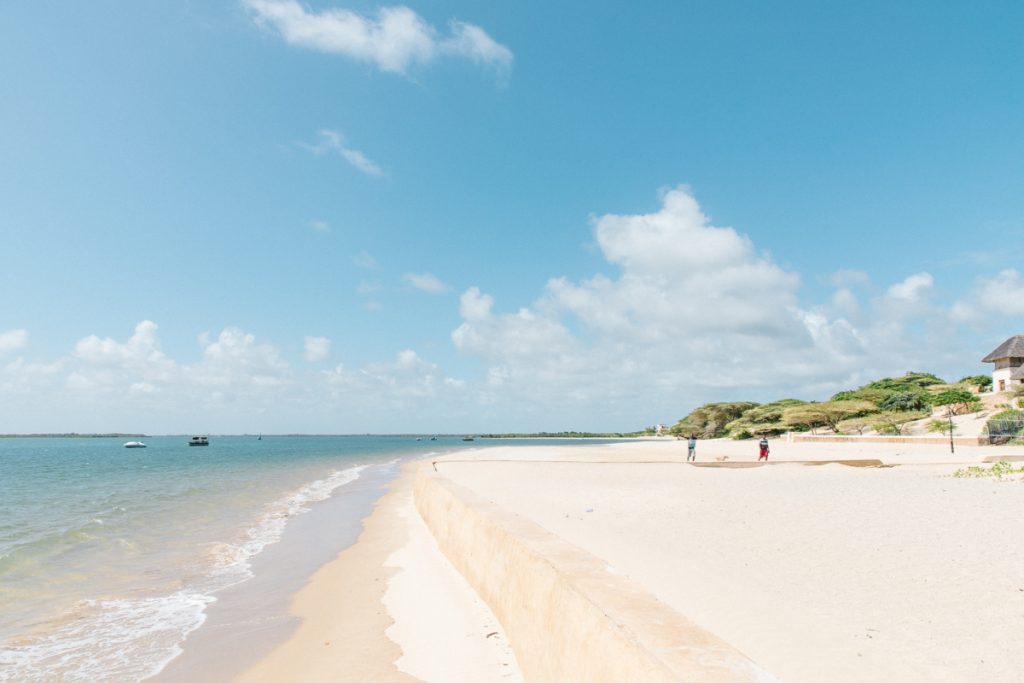
All of this is brought up to inform you of the dangers. Okay, so perhaps that was a bit dramatic, but you get the idea. Coping with the manned entourage of bandits and terrorist organizations that monitor the area is not worth it for these beaches.
Manaus Beaches — Brazil
Manaus’ coastlines don’t have any underwater dangers; these locations are infamous for having a high rate of criminal activity. It is recommended to leave anything unnecessary at home if you plan to visit Manaus’s beaches. You don’t need the bling, here in Manaus.
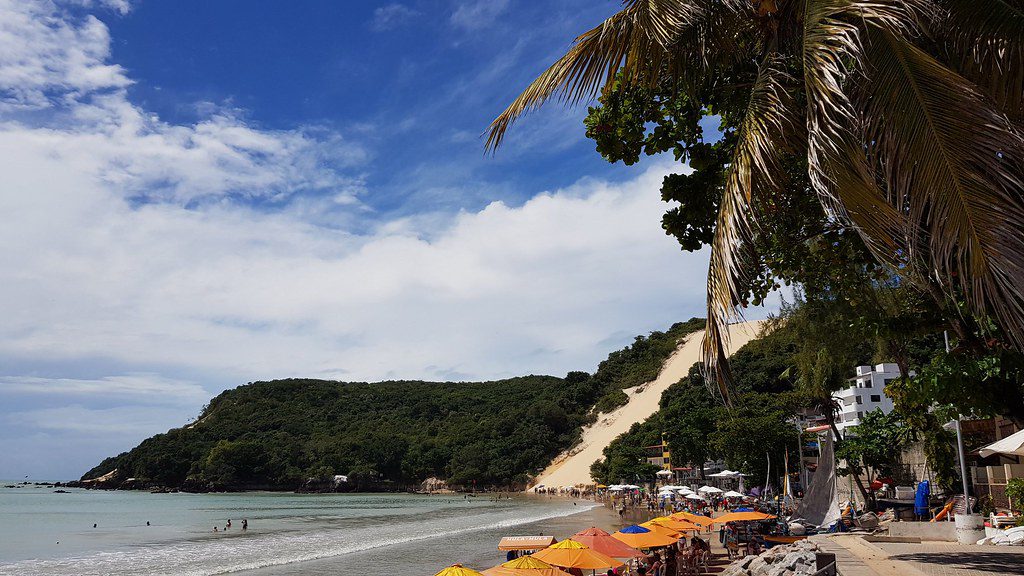
Only take the minimum needed amount of cash you’ll need, plus some more for if you run into robbers. Also, it is preferable to depart the beach well before dusk. The best course of action might be to completely avoid Manaus.
Cable Beach — Australia
There are some genuinely terrifying critters in Western Australia, but Cable Beach in Broome is home to an especially high number of them. Poisonous spiders and snakes are found on land, and lethal box jellyfish and white pointer sharks are found in the sea.
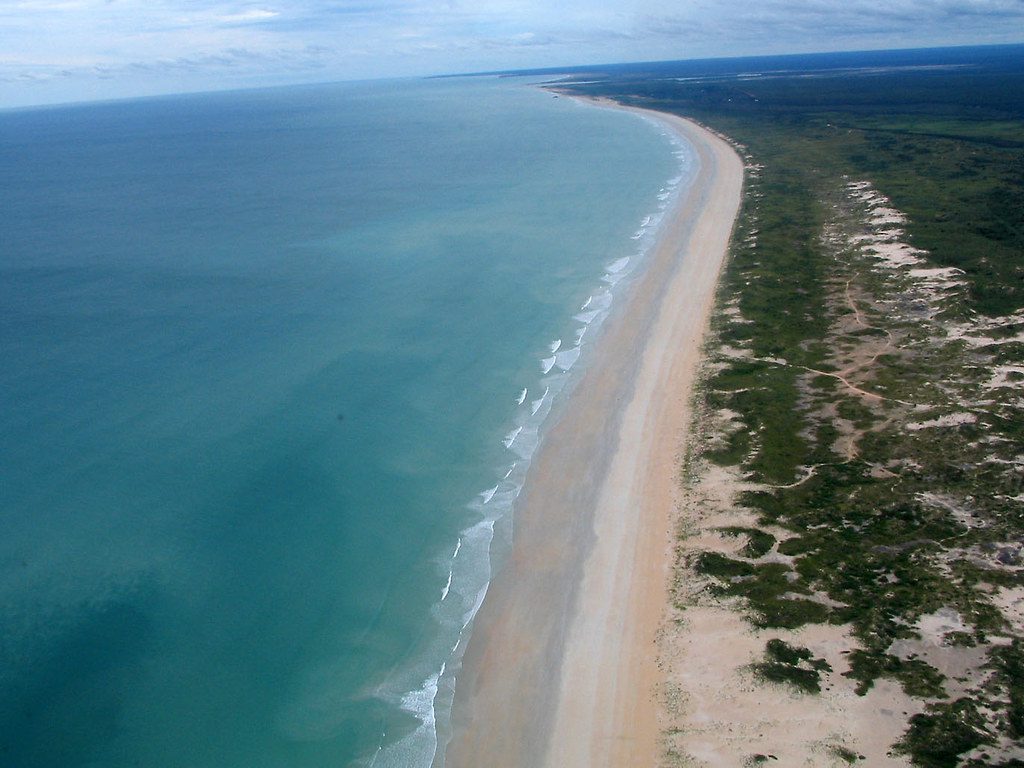
Under the waves, there are also saltwater crocodiles. Although it’s advised to avoid the ocean year-round if you don’t have a stinger suit; box jellyfish interactions with swimmers have really been known to be lethal, particularly around November and March.
Mindanao Island — The Philippines
Another location with perfect environmental conditions is Mindanao Island, which has a lovely beach. It’s additionally the scene of fighting among Muslim insurgents as well as the Philippine government. So if you’re in the Philippines, try to stay away from there at all costs.
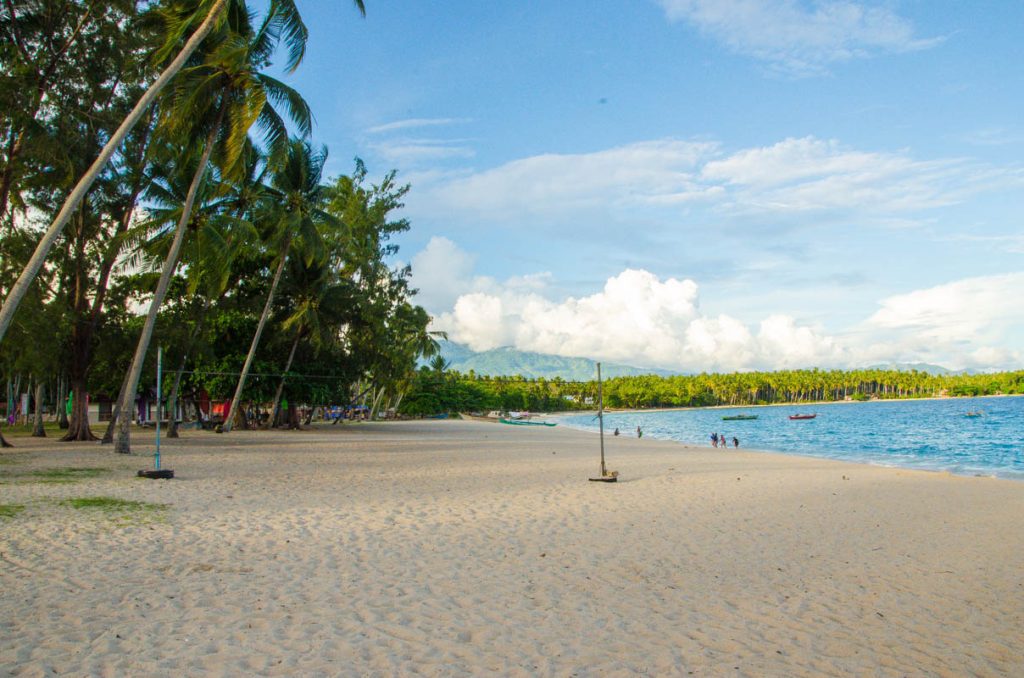
Even travel guides mention the possibility of “terrorist assaults” on the beach. Kidnappings also take place often in the neighborhood. As a result of how perilous it is, most travel guides label the entire region to the south as off-limits.
Cairns — Australia
Although Cairns in North Queensland is the entry point towards the Great Barrier Reef, its seas have a lot more to offer. The time from November until June is infamously termed the “stinger period” due to the stinging jellyfish which invade the area’s seas.
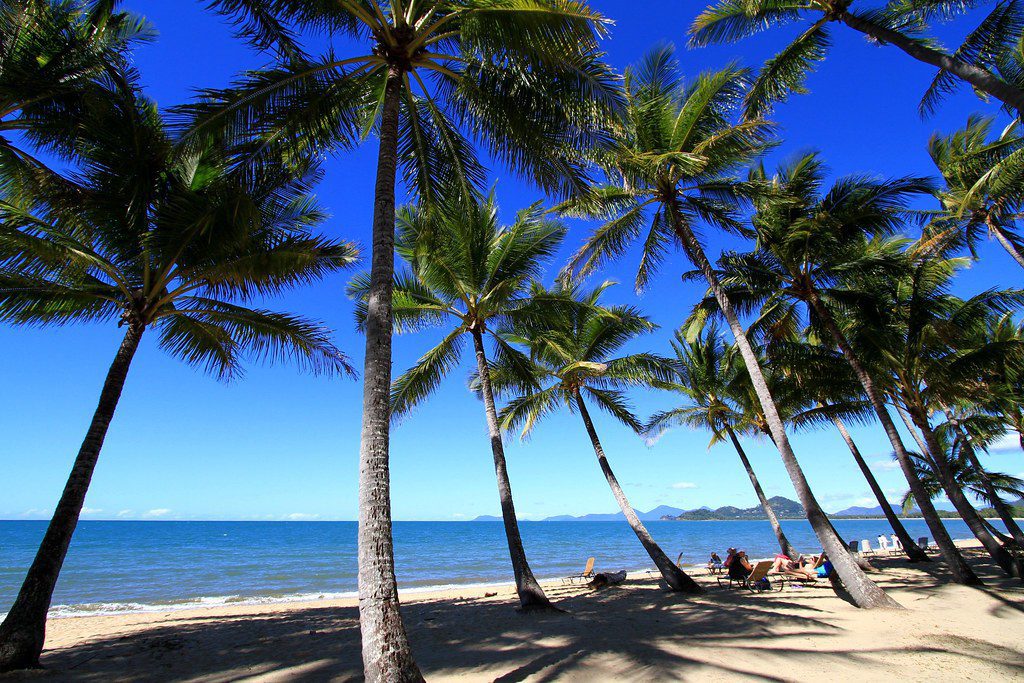
Several jellyfish species, including the Irukandji and Australian box jellyfish, can be lethal to humans when stung. With 64 documented fatalities in Australia spanning 1884 to 2021, the box jellyfish has been called “the most dangerous jellyfish in the world.”
Red Triangle — California, USA
Although California is renowned for its stunning beaches, there seems to be one area of the water that has earned a negative rep. California’s “Red Triangle” is the site of nearly a third of great white shark attacks. Beginning at Bodega Bay, the hazard zone starts to spread south.
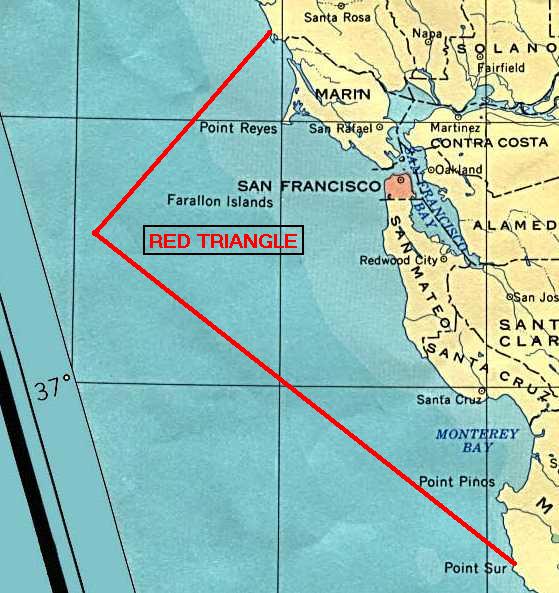
Then it goes for around 50 miles to the west of San Francisco. Well beyond the Farallon Islands, the triangle extends south of Monterey to Big Sur. There are 200 miles of shoreline in the triangle. By the way, those shark attacks we mentioned account for 11% of worldwide incidents annually.
Rockaway Beach — Oregon, USA
Rockaway Beach is risky since people made it that way by placing jetties there. Jetties, despite being constructed to safeguard the shore, can be hazardous, particularly when people are walking on or climbing over them. There are multiple incidences of individuals falling over jetties.
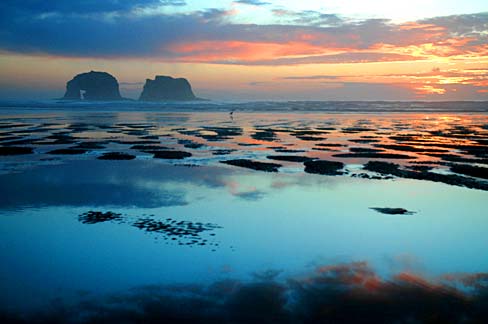
They also get carried away by sneaker waves annually. Sneaker waves are so named as they typically emerge suddenly and surge with devastating intensity high on the coastline. Moreover, sneaker waves carry an abundance of sand, which can weigh you down and render any escape challenging, if not impossible.
Kosi Bay — South Africa
In the protected KwaZulu Natal region, Kosi Bay is a gorgeous and spectacular collection of four lakes that connects towards the Indian Ocean. The bay is renowned for its natural beauty as well as for the Zambezi sharks, commonly known as bull sharks.
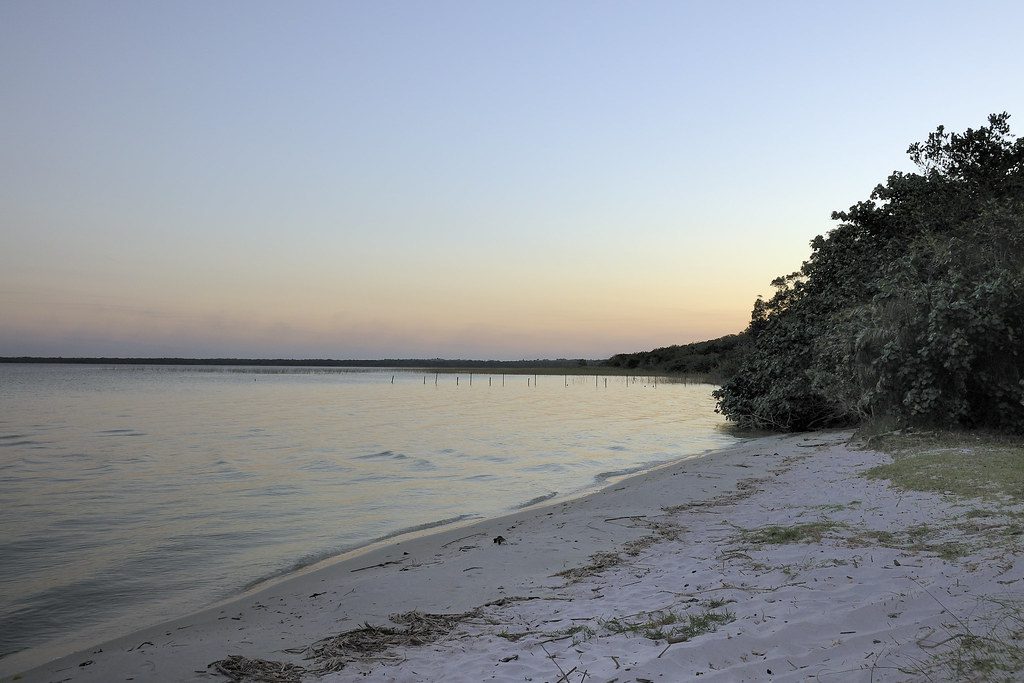
These sharks are known to enter freshwater basins and estuaries in search of prey. Think again if you thought great whites were scary. In addition to being the most violent sharks, Zambezi sharks can travel farther inland by means of rivers and lakes.
New Smyrna Beach — Florida, USA
Surfers voyage at their own risk to Florida’s Atlantic coast in search of the massive waves. Because of the abundance of sharks in the area’s waters, this beachfront is among the most hazardous in the world. In 2017, the average annual shark attack was 29.
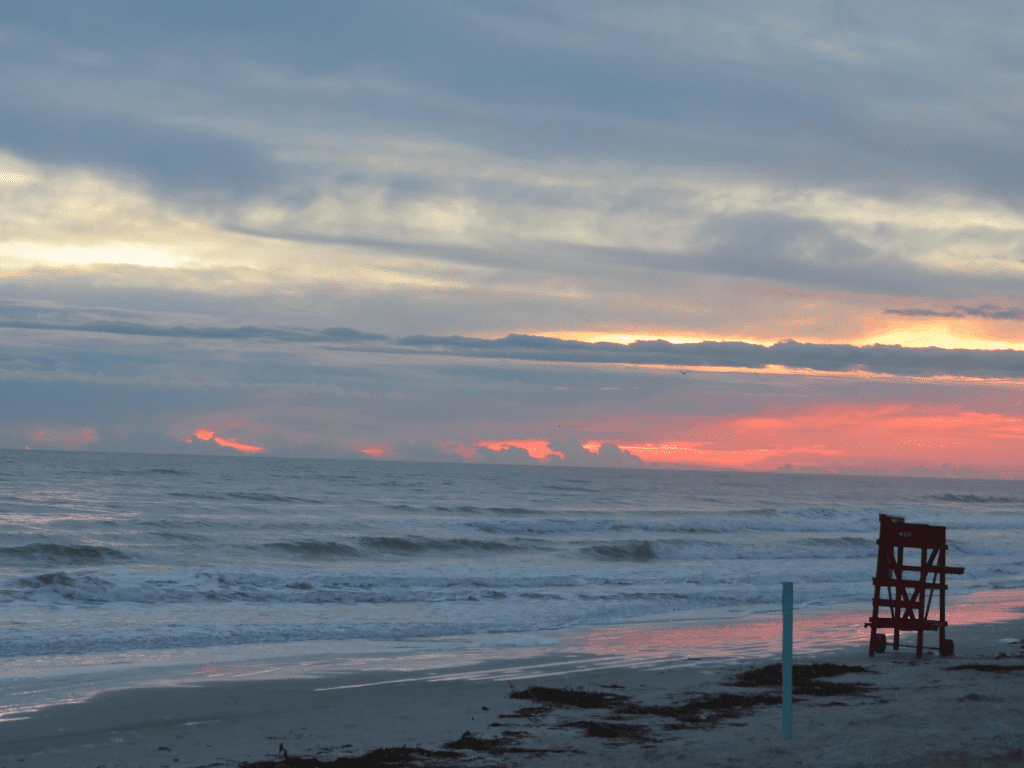
Nine of those attacks happened along this stretch! Although there haven’t been as many shark attacks lately, New Smyrna Beach continues to be among the most terrifying beach locations on Earth. Stick to the Jaws ride at Universal Studios if you need a shark fix.
Majority of the beaches in Chile
Chile has a lengthy Pacific coastline with around 909 beaches along the coast. However, because of the unusually strong currents throughout the nation’s coast, only 99 (9%) are suitable for swimming. The remainder of 810 beaches is sometimes referred to as “solaneras.”
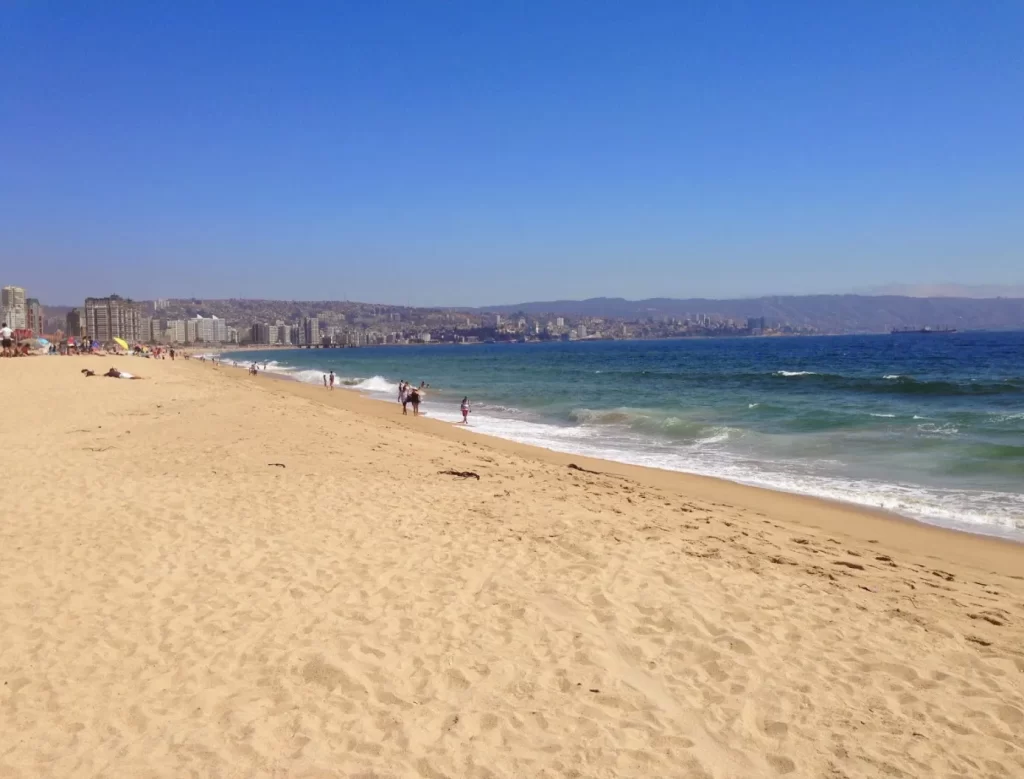
This suggests that these beaches are only likely to be utilized for lying in the sun. Most beaches have signage that advises potential swimmers that the water is unsafe. Therefore, when in doubt, it’s a good idea to presume that Chilean beaches are unsafe.
Cabo San Lucas Beaches — Mexico
Rip currents and undercurrents are famously dangerous in Cabo’s Pacific waters, usually resulting in tragedy. The majority of the town’s beaches can have currents that are so powerful that even wading in it can be risky. The majority of the inclement weather happens in September.
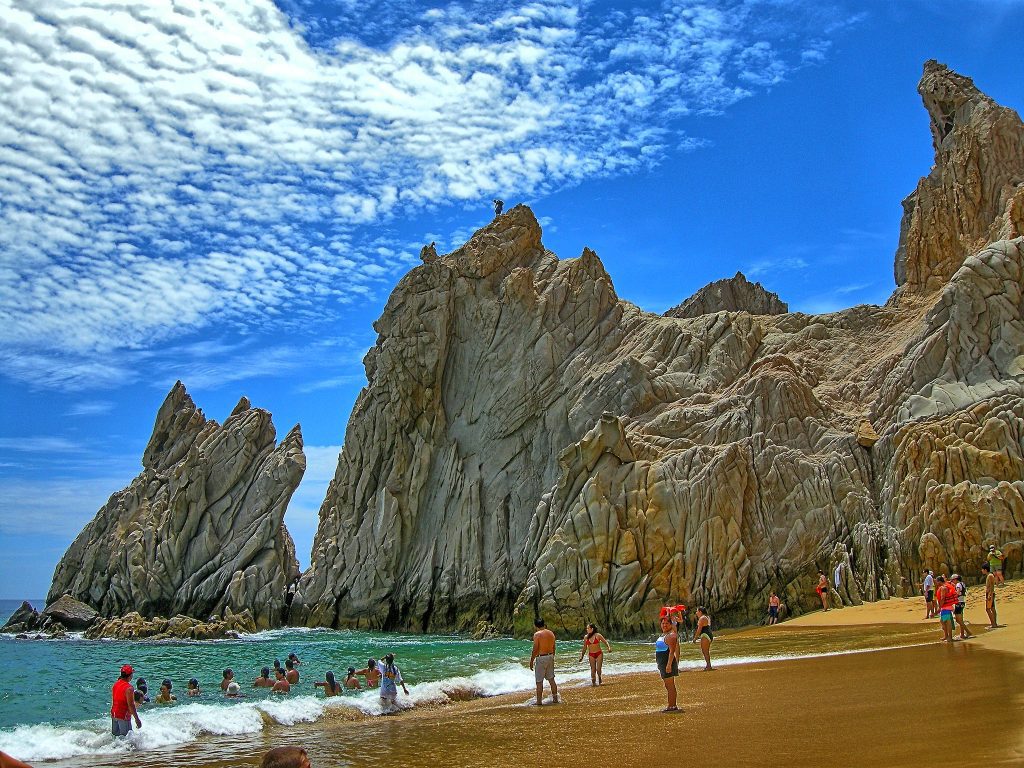
But the storm season continues from June to November, so it’s important to monitor the weather. The most disastrous thing that can occur is often a few nights of strong waves and winds, but you should be prepared and pay attention to local weather reports.
Monastery Beach — California
The Carmelite Monastery Mission is located opposite Highway 1 near Monastery Beach. The Nuns of Carmel currently live in the monastery. Monastery Beach is deserving of its own attention even though it is legally a component of California’s Red Triangle.
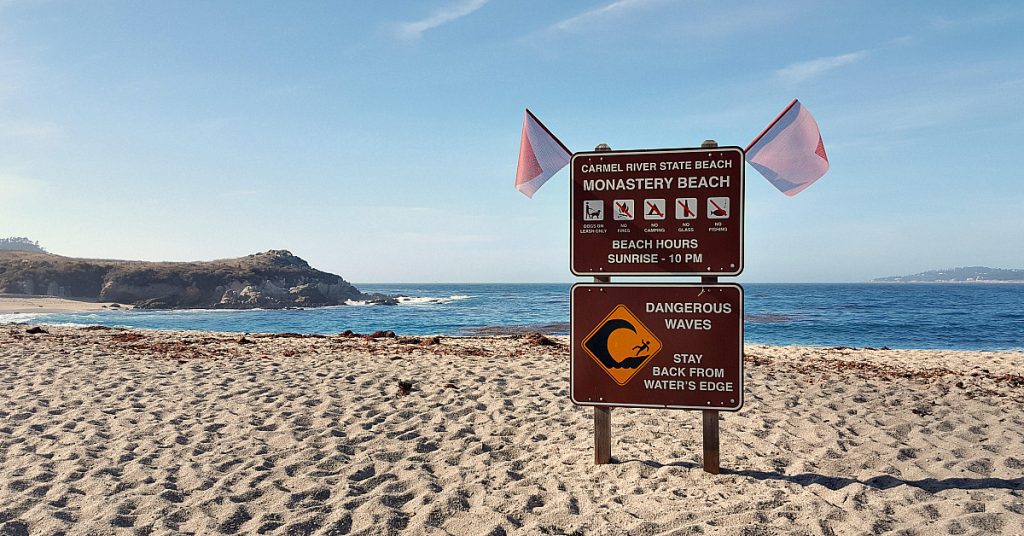
This lovely stretch of beach is not suitable for swimming. The cove has a powerful undertow with rip currents that can drag people out to their inevitable death. The beach is commonly referred to as “Mortuary Beach” because of its hazards.
El Tayrona — Colombia
Even though Tayrona National Natural Park ranks among the most visited places by both domestic and foreign tourists, its harshness makes it unsafe. A majority of the park’s beaches have powerful currents that drown a lot of people every year.
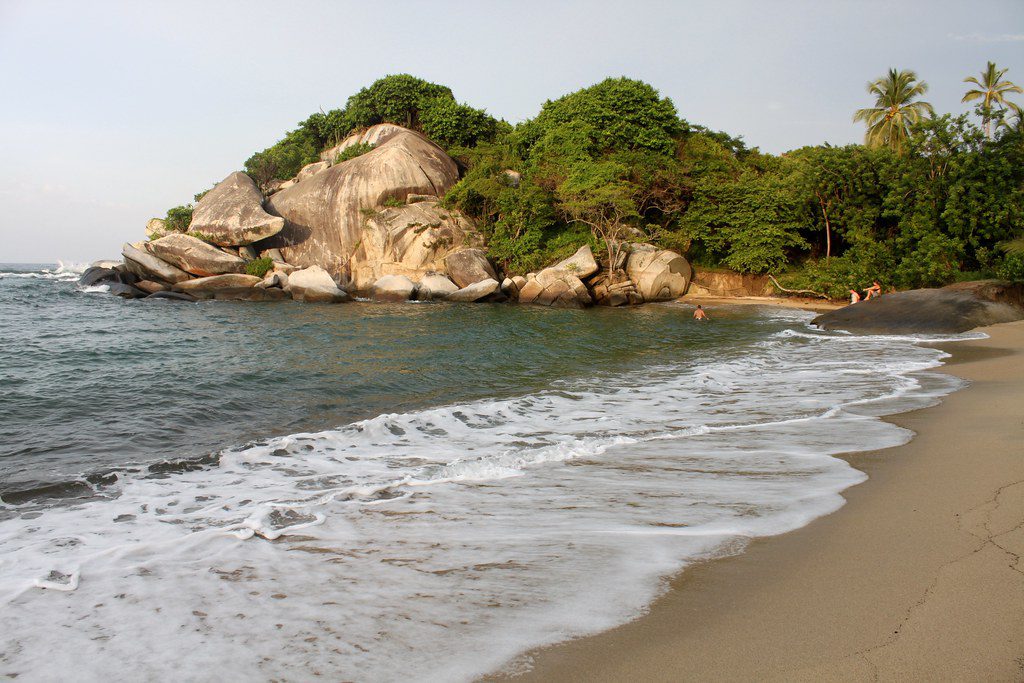
These drownings happen despite the danger signs that are placed everywhere. That is because visitors still seem to enter the water, not giving any heed to the warnings. Shocker, right? Plus, the national park’s protected wildlife, particularly the dangerous caiman and jaguar, poses a further threat.
Recife — Brazil
With lovely ocean breezes and unending sunlight, Recife boasts the ideal urban beach. At a 20-kilometer stretch of coastline close to Recife, Brazil, there has been a total of more than 50 shark attacks from 1992, with 16 of them resulting in fatalities.
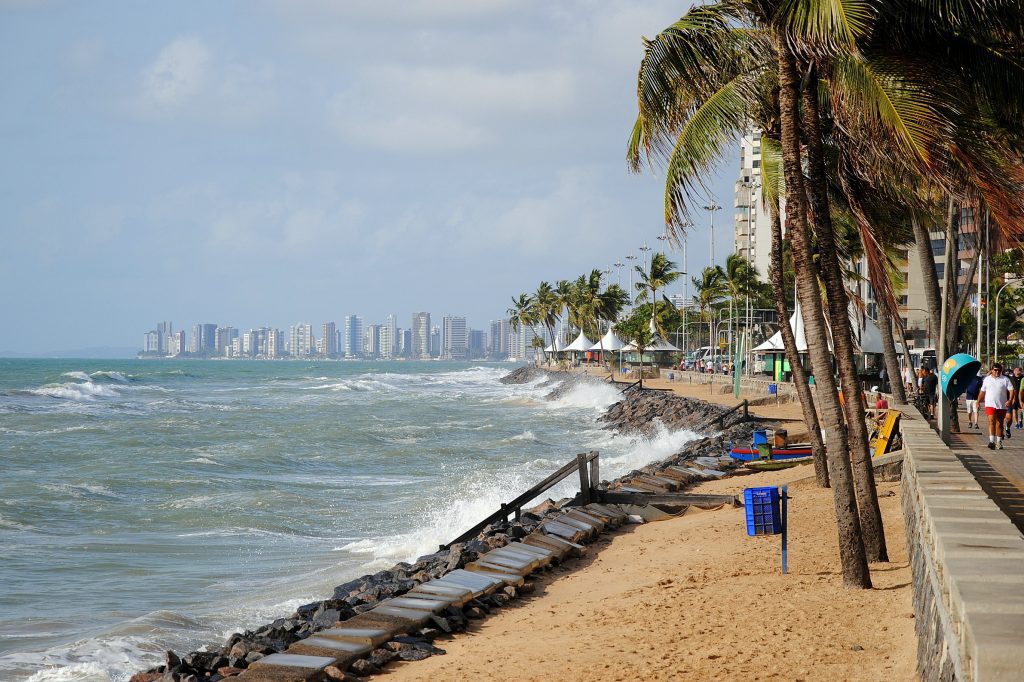
Given that one in three shark attacks in Recife result in fatalities, it is the shark attack capital of the world. This beachfront has grown to be known as a particularly dangerous area for shark attacks due to the abundance of dangerous and aggressive bull sharks.
Northern Territory — Australia
The Northern Territory’s remotest area is home to this white sand beach. These unidentified beaches are well known for being dangerous. These waters are home to a multitude of animals which range from crocs, and stonefish, as well as Irukandji jellyfish in addition to cube jellyfish!
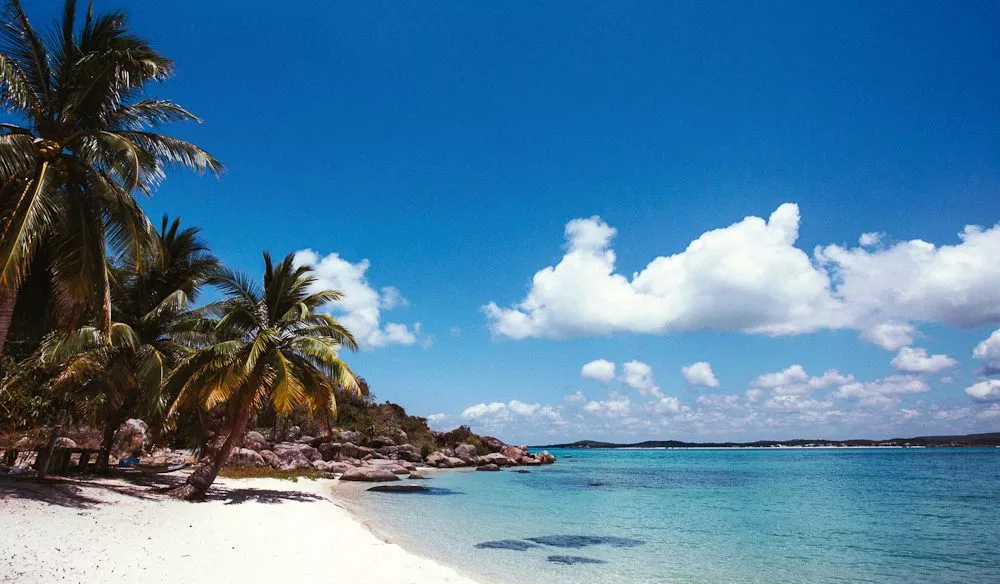
The cube jellyfish have two-meter-long tentacles and the potential to bite you with poison which is potentially fatal. Hence, even if it seems tempting, apply your common sense and stay vigilant at all times. You don’t want to bet your life on a simple afternoon pleasure.
Morecambe Bay — U.K.
In contrast to what you may expect from movies, quicksand is a significant issue at this British beach. Quicksand and swift tides are common in Morecambe Bay as well as the flats off Fleetwood. A horse cannot gallop as swiftly as the tide off Fleetwood.
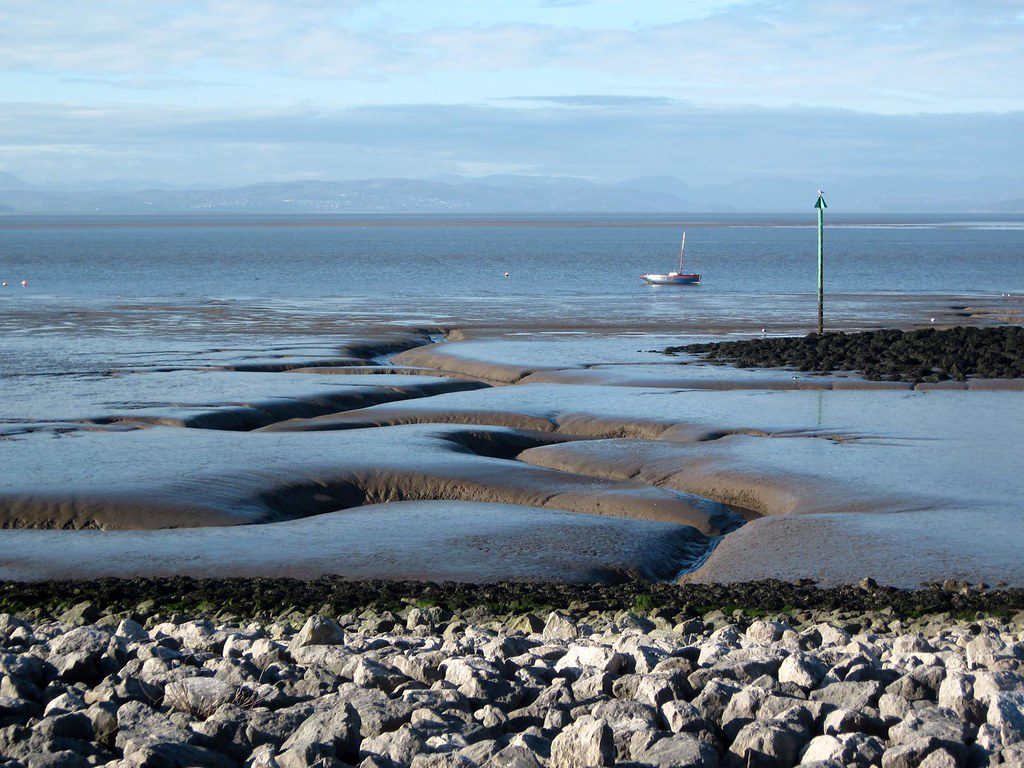
That is saying something. An eccentric metric, but it gets the point across. Just know that you can’t outrun it. If carts as well as other equipment couldn’t make it out of the sand and were trapped, your prospects of leaving are equally poor.
Acapulco — Mexico
Acapulco was once the Saint Tropez of Latin America. It managed to draw visitors from every corner of the globe to its opulent beach resorts. Acapulco’s image was tarnished by unsustainable tourism, exorbitant costs, filthy beaches, and cartel warfare in the area.
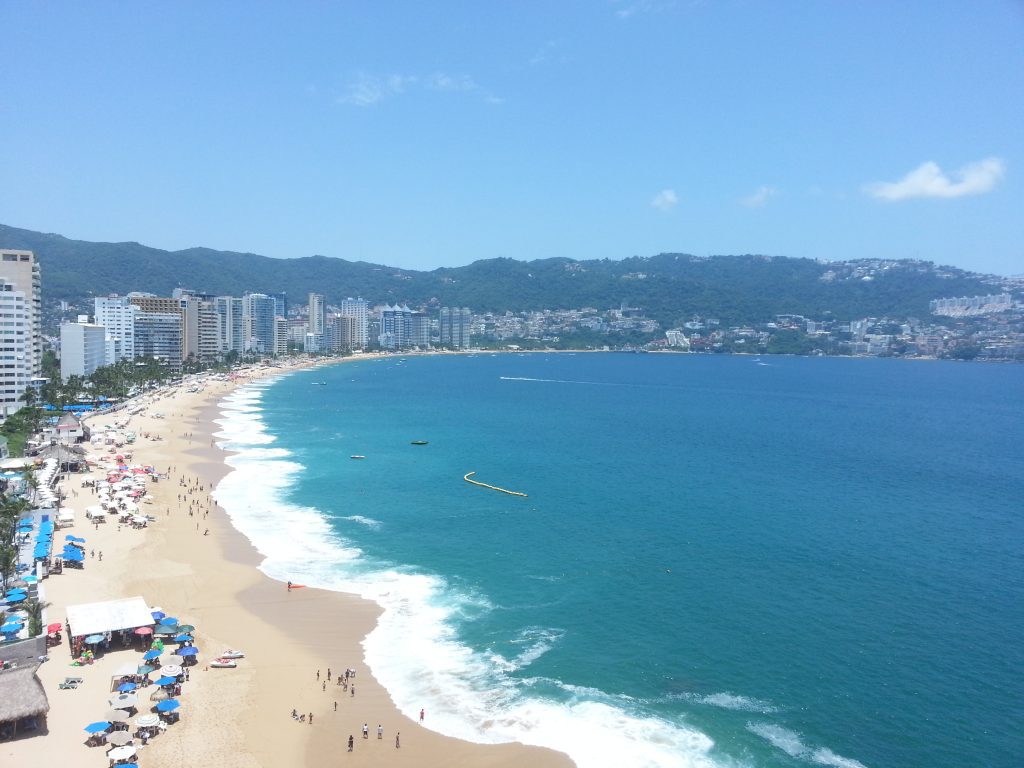
That managed to turn Acapulco into “the murder capital of Mexico,” and dealt a fatal blow. Except for individuals who are engaged in criminal behavior, neither tourists nor foreigners are targeted. The thieves are going after their fellow thieves—not that it’s any more reassuring.
Lake Nicaragua — Nicaragua
The following shark-infested location on the list is actually a lake—the biggest in Central America. Bull sharks are renowned for their violent and erratic nature in addition to their tolerance of fresh water. In fact, for many years, researchers were baffled.
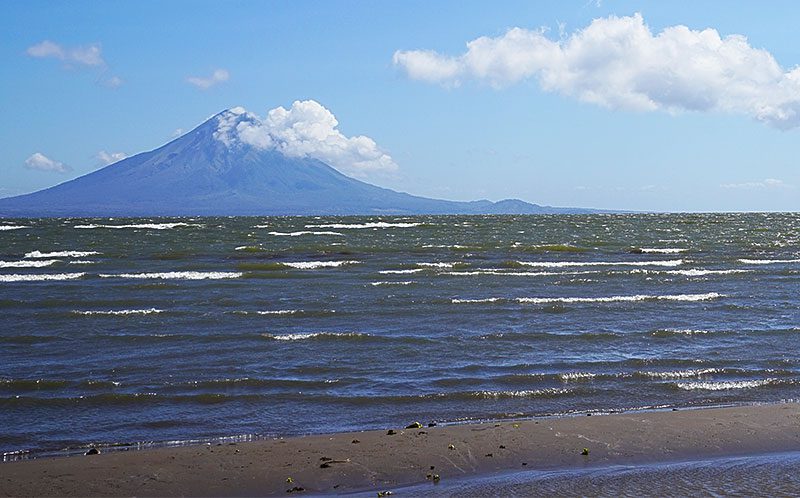
How did the sharks get into the Nicaraguan freshwater lake? They reasoned that the sharks were likely imprisoned there for a very long time. Scientists discovered in the 1960s that these vicious sharks swam upstream of the San Juan River in a manner similar to salmon.
Umhlanga Rocks — South Africa
This charming and well-liked coastal town is blessed with one of the most gorgeous coasts in the entire world. It is situated along the Indian Ocean’s coastline, close to Kosi Bay, which is home to bull sharks. These stunning beach expanses are a haven for many sharks.
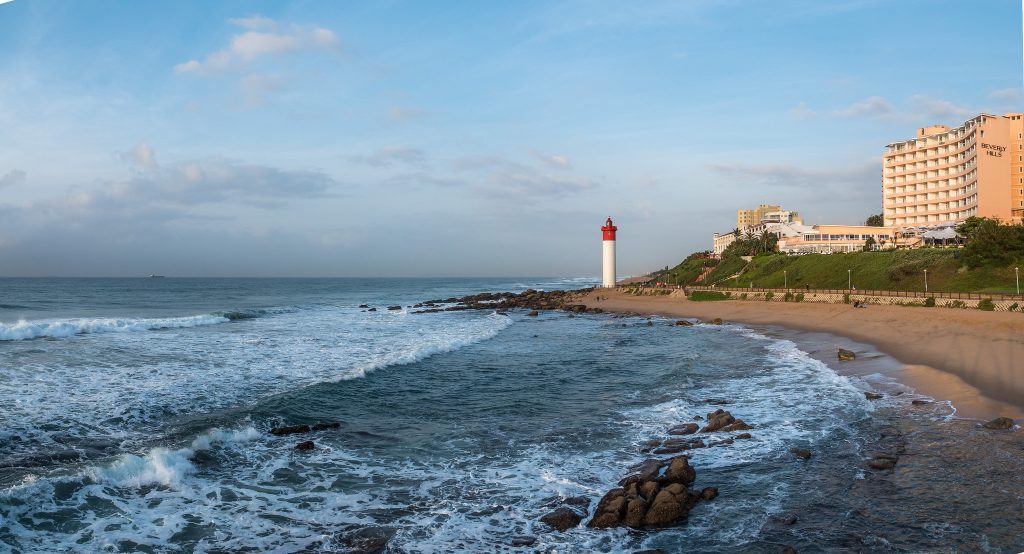
Great white and bull sharks, in particular, are vicious, enormous, and terrifying. The shark-repelling fishing nets, which were constructed in 1957 when five swimmers got attacked by sharks within only 100 days, provide some protection for swimmers in this area.
Cannon Beach — Oregon, USA
Any kid from the 1980s and 1990s knew about this beach because of the movie The Goonies. But unlike the protagonists of the classic film, you definitely won’t have the opportunity to go swimming. Moreover, you certainly won’t find any hidden pirate treasure.
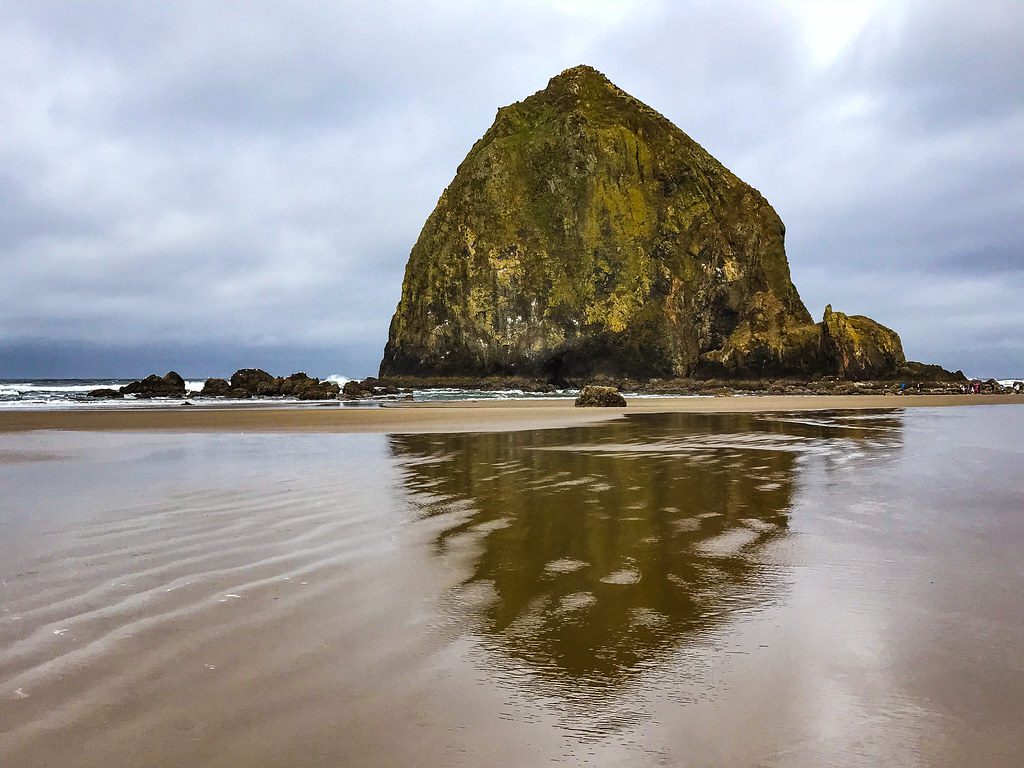
It typically requires a wetsuit to enter the ocean because it is so chilly. The risk of disobeying this advice? Hypothermia. It is really better to enjoy the beach from shore… while bundled in a jacket because of the cloudy skies and raging currents.
